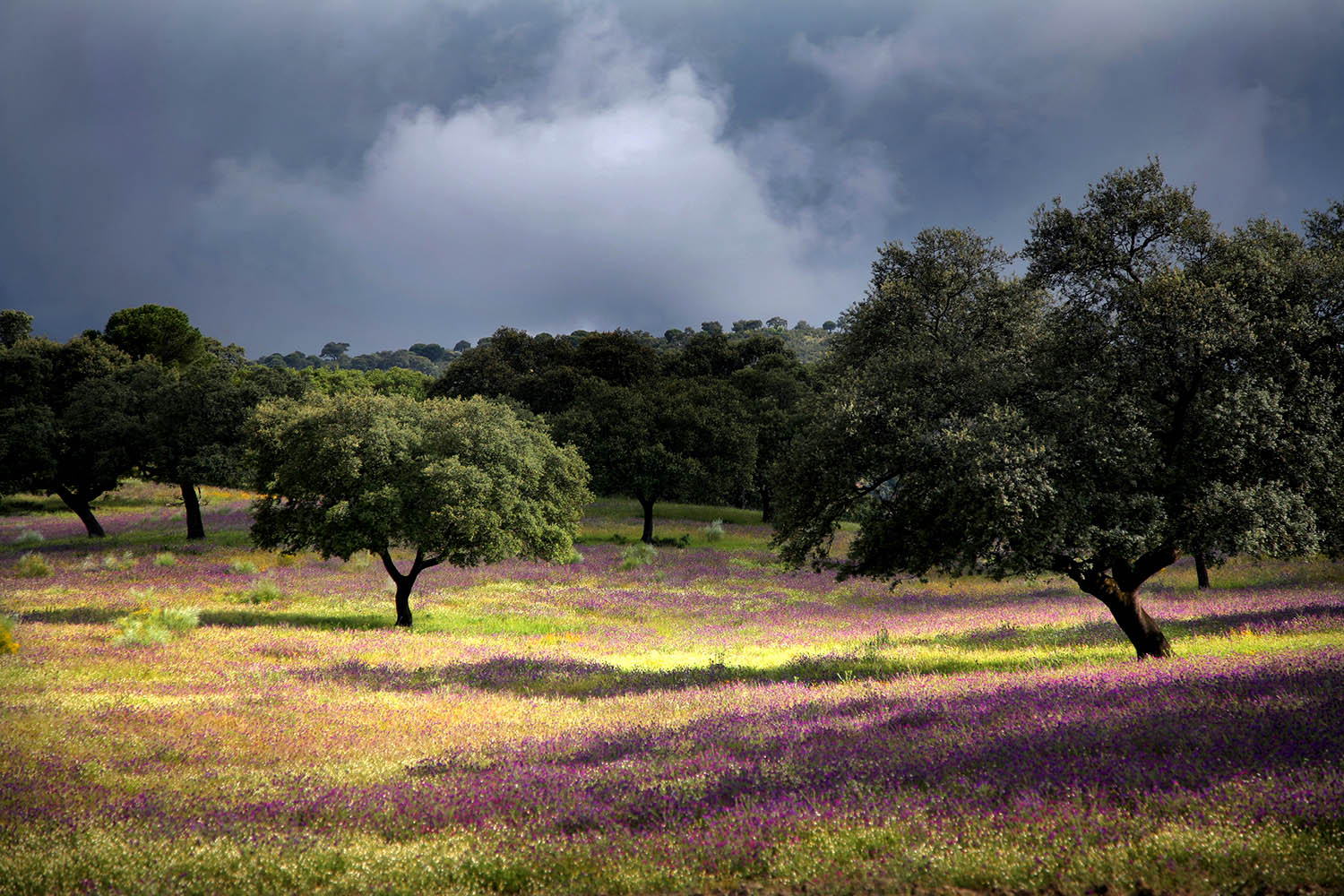Tribute to Velvia – Interview with Daniel Acevedo
When I started working as a professional back in 1997, my greatest joy and peace of mind was knowing that Velvia film for slides/transparencies existed. It had been on the market for a short time, but just in time to be able to enjoy its results.
At that time and for many years to come, that film from Fuji was my favourite for photographing landscapes and also fauna. It was really helpful to know that Fuji offered a good range of film not only for slides but also for negatives.
If they had told me at that time that years later, Fuji would release a series of cameras without a mirror, it would have been something incredible. But fortunately, here we are today working with the Fujifilm X series, and I must say that I am very happy with the results in terms of image quality captured by a sensor that, even if it is not full frame, is wonderful. Fuji’s APS-C format is a success, a challenge achieved. How could it be otherwise, the Fuji brand has achieved it.
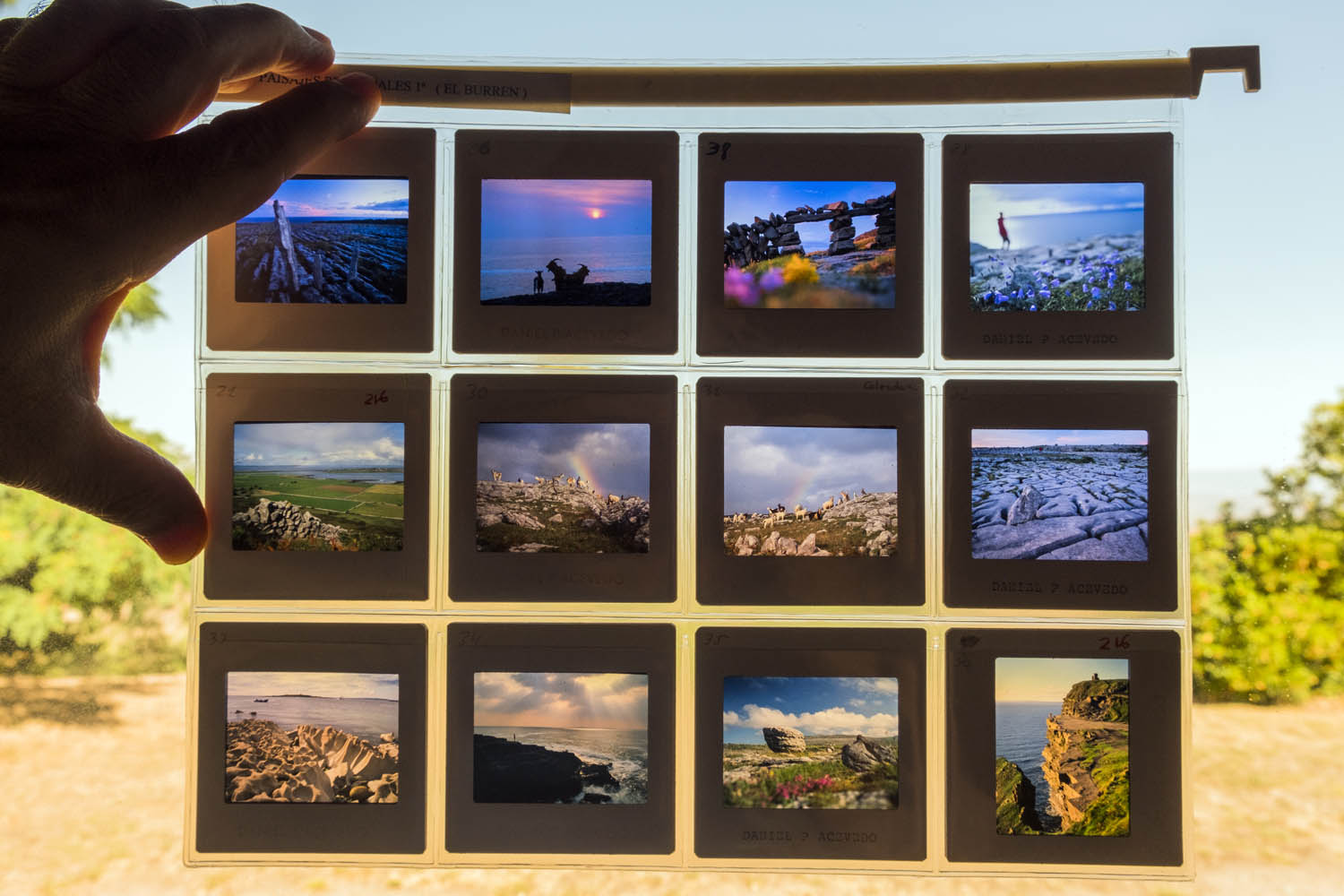
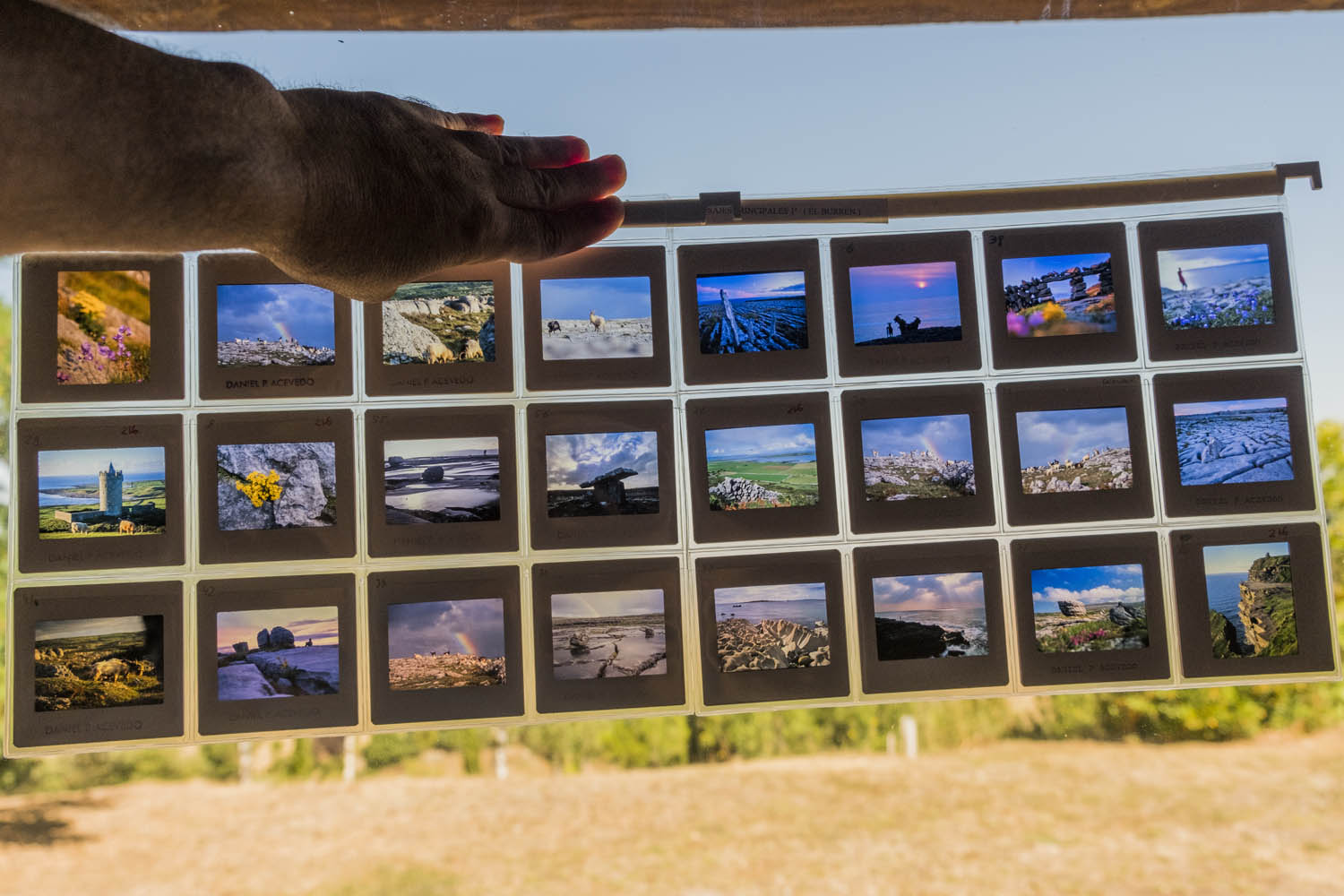
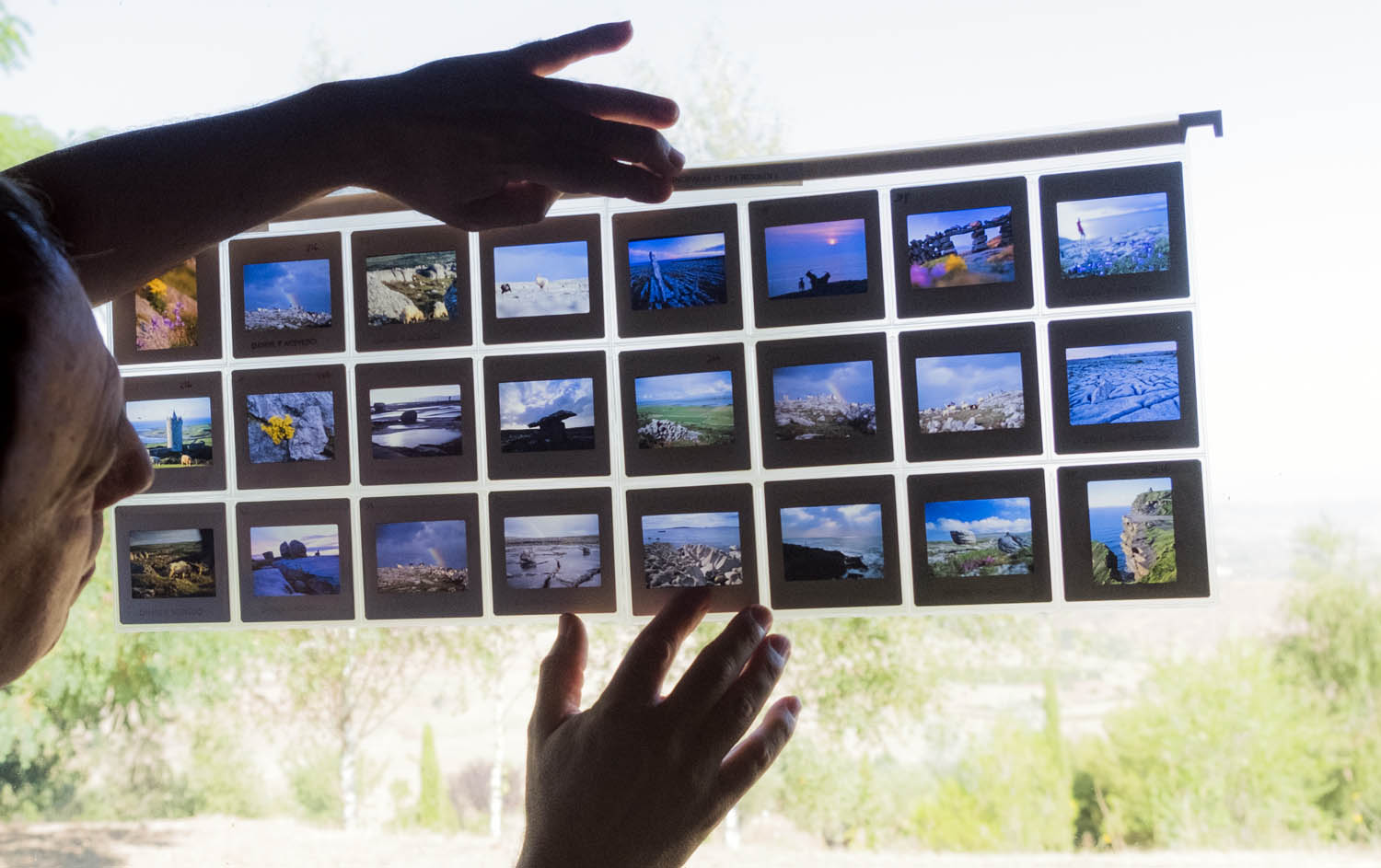
In the late 90’s, with some savings and putting aside my good and legendary Yashica, I was able to buy a Mamiya medium format 4.5×6 and also a Pentax 6×6. That was another story in terms of image quality, but with a high weight in both cases, the use of a tripod was mandatory. With those two cameras, I always used Fuji Velvia and Provia film. Then with the digital age, I got my first Canon 7D, and then the 5D Mark II, also great cameras with great quality.
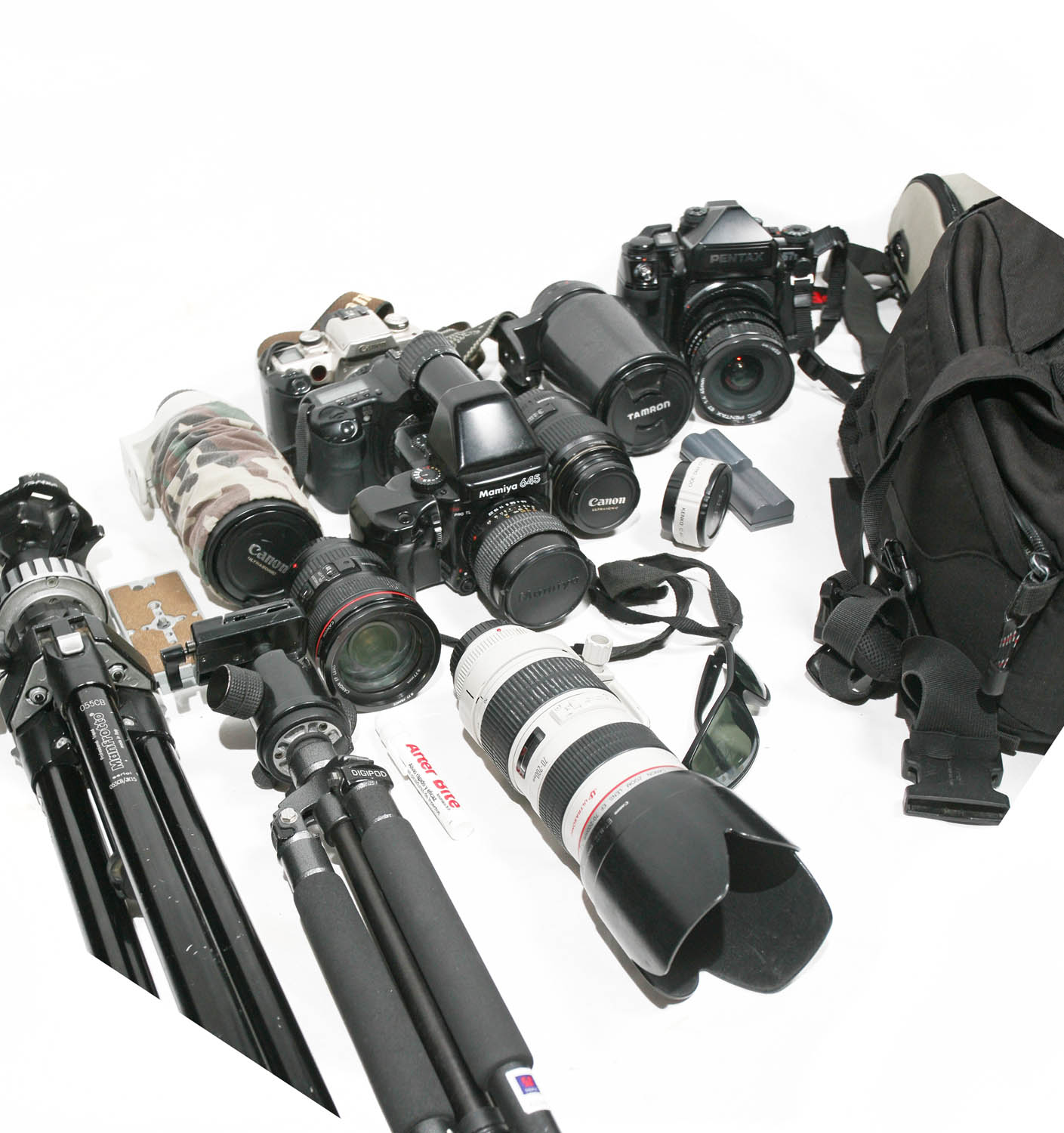
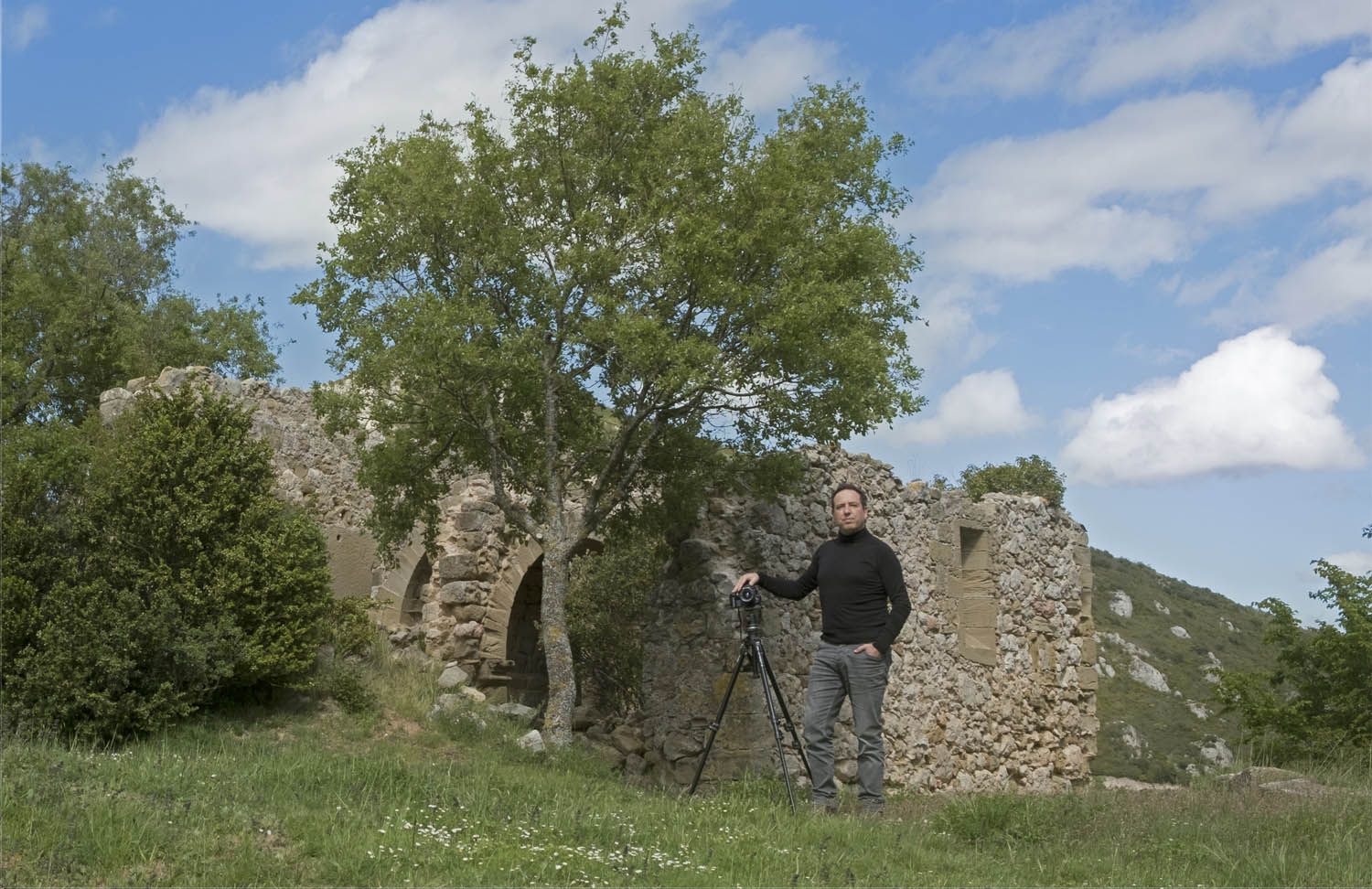
Hi Daniel! Having you for this interview and learning more about your work is such a pleasure. Could you start by introducing yourself?
From a very young age, I was in love with nature, and in my town, Cenicero (La Rioja), was where I recreated and learned about it. Photography not only helped me capture it but also ended up being my profession.
In 1993 I travelled to Ireland, where, after studying English, I enrolled at the Burren College of Art, in the west of the country. There I studied photography more in-depth and, right after finishing my studies, my dream began when I was hired by one of the most prestigious publishers in Ireland, John Hinde Ltd., photographing all over the country, especially the West, and began to publish my first postcards.
From 1997 to the present, I have carried out commissions for the tourism department. During the last two decades, I have published in different national and international magazines, especially interior reports and covers, and I have also worked for several years for Ediciones AM, a publishing house dedicated to the publication of postcards throughout Spain.
In 2004 I studied cinematography in Madrid, which brought me closer to the audiovisual world, a link I have maintained ever since.
Since 2012 I have combined my professional work with taking courses and photographic trips for groups in Ireland, Portugal and Spain, through Phototoursspain.com, a company dedicated to offering workshops and photographic trips.
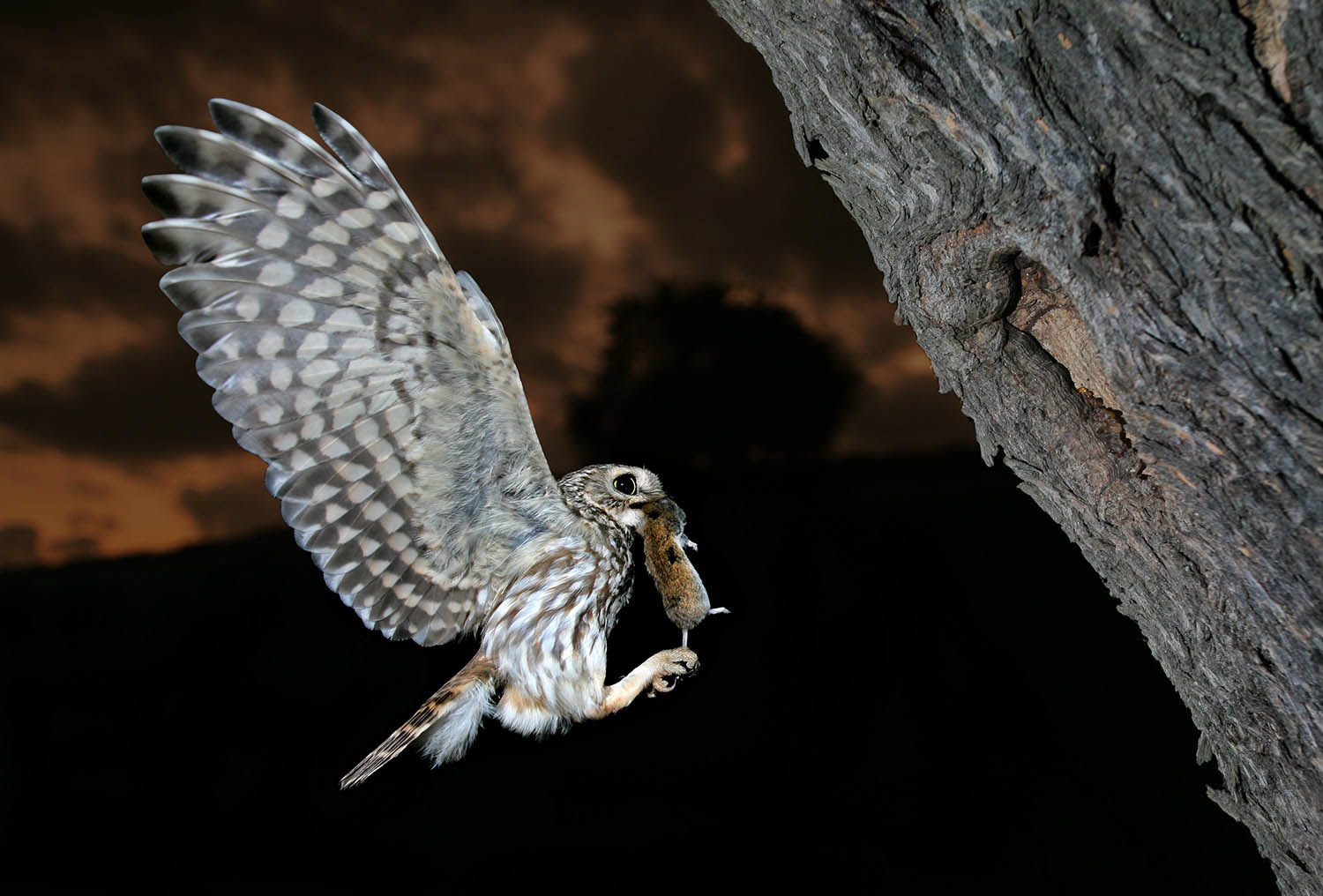
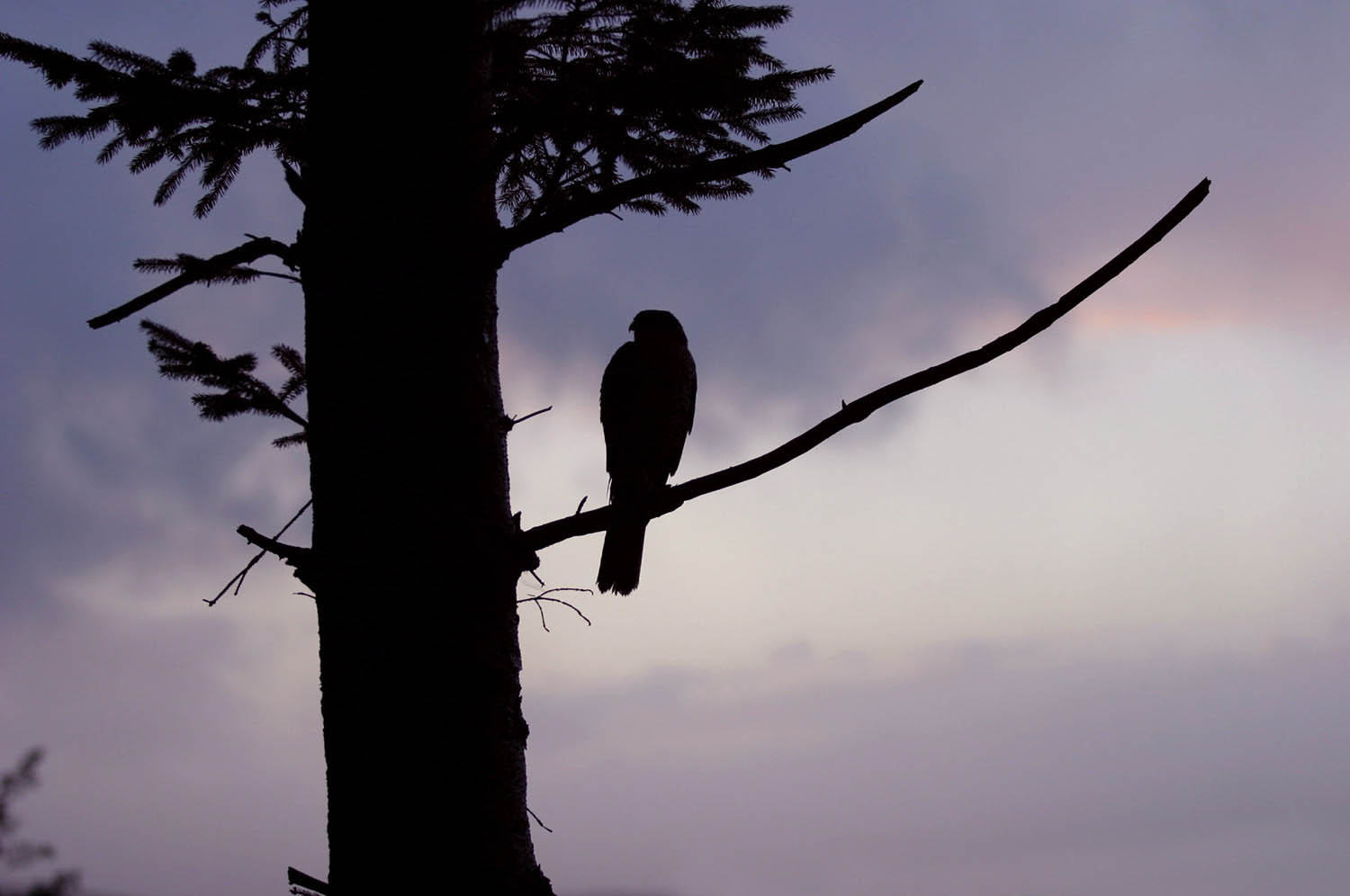
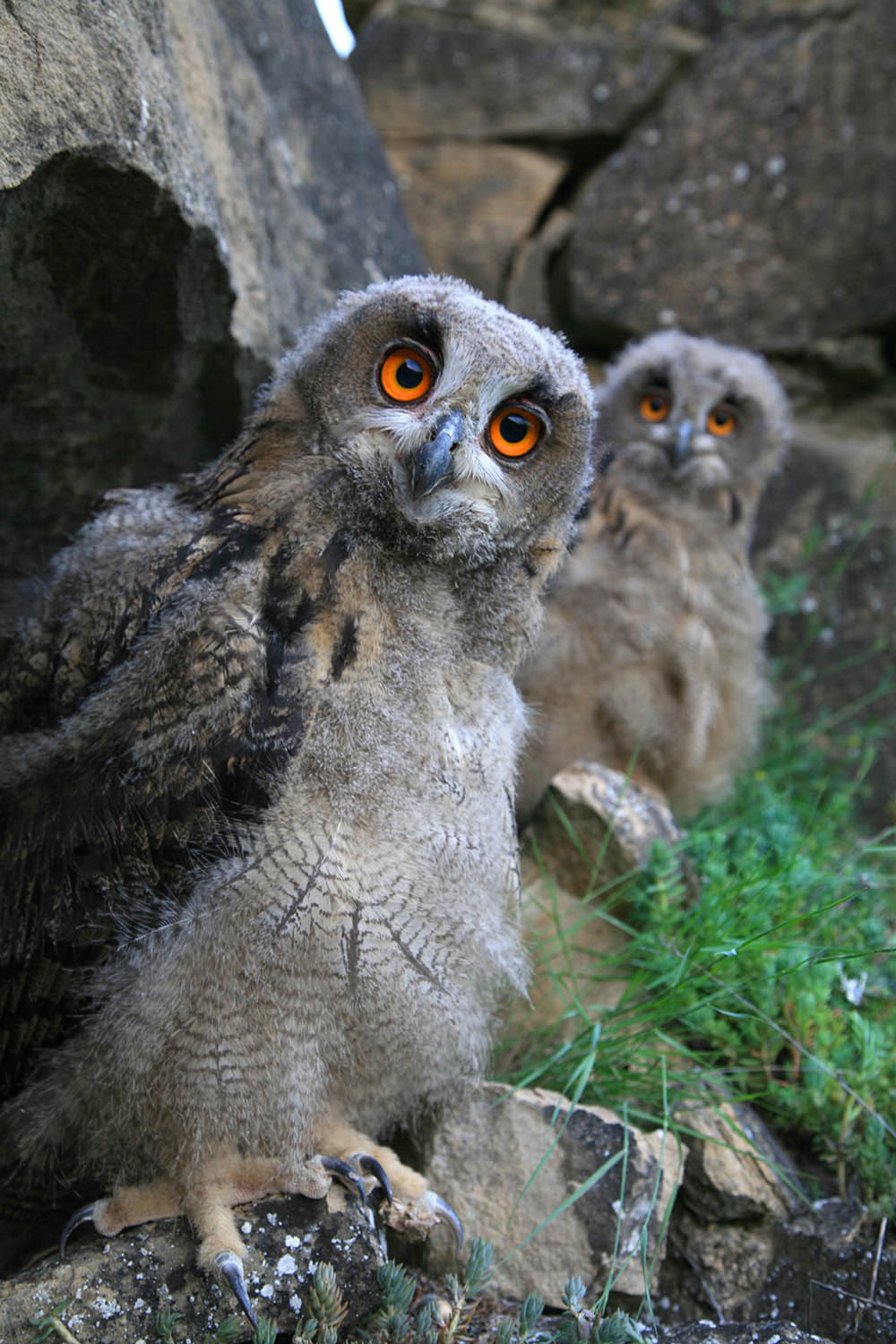
We understand that your editorial work is published in dozens, or even hundreds, of magazines in Spain and abroad. Could you mention some of the assignments that gave you the most pleasure to carry out and which you are most proud of?
I think I’m proud of each and every one of them, from the humblest to the greatest.
The largest number of publications I have made during the last 20 years is in postcard format. Postcards from Ireland, and postcards from Spain, especially from the Cantabrian coast, Andalusia, La Rioja and Galicia. But also covers and interiors in numerous magazines; Wines from Spain, Nature, Landscapes from the Train, Wild Ireland, Large Spaces, Euskal Erria, etc.
Although being a well-travelled person, we can see that La Rioja will always hold a special place in your heart, which is evident in your photography. Isn’t that correct?
Of course, La Rioja has always been my base, my home. A large part of my work is carried out in La Rioja, especially for companies in the wine and tourism sectors.
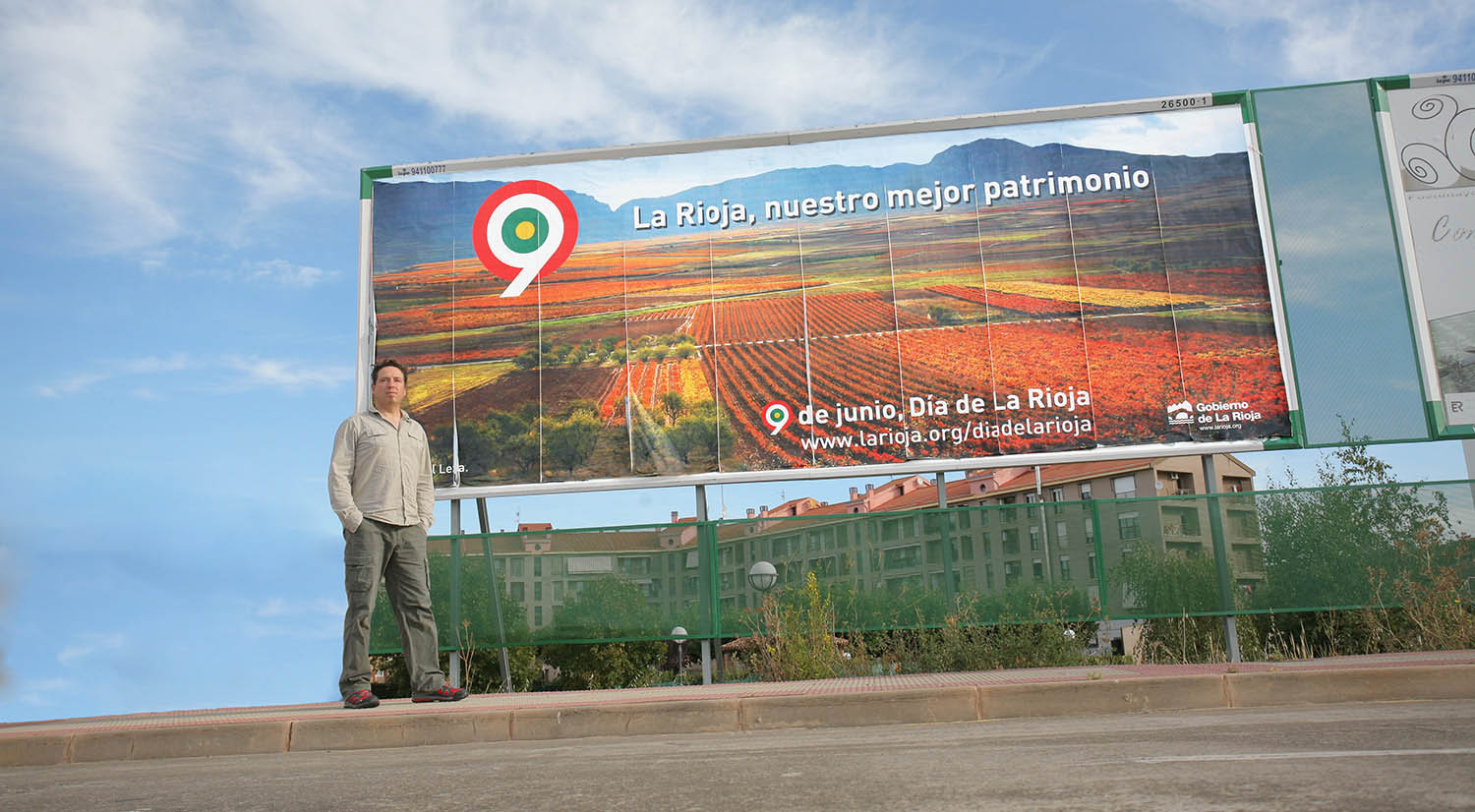
You went through the transition from analogue to digital already as a professional photographer, didn’t you? Those were some hectic years, to say the least, with valid arguments both for the most sceptical and for those who predicted that digital would be the future, despite the results of digital cameras at the time being far below the quality of film. Were you one of the first people to jump on the digital bandwagon? Or, always thinking about offering the best output to your customers, did you keep using film until the technology matured enough for the transition?
Exactly, I think I’ve been working with digital equipment for the same time as a professional that I’ve been working with analogue equipment.
Honestly, before jumping into the digital world, I thought about it for a long time. In fact, I was one of the many photographers who, at first, were not satisfied with the digital result regarding image quality. So it took time, and I was patient until the results were optimal professionally.
I also think that many of us were adjusting to the needs of our clients. At the moment when clients asked us for digital work, it didn’t take us long to get on the train 😉
I think it was around 2005 when I really jumped digital, and I really did it with a lot of regret, putting aside my favourite Velvia and Provia films. I really felt a bit dizzy when I got out of the comfort and security that the Fuji slide films offered me.
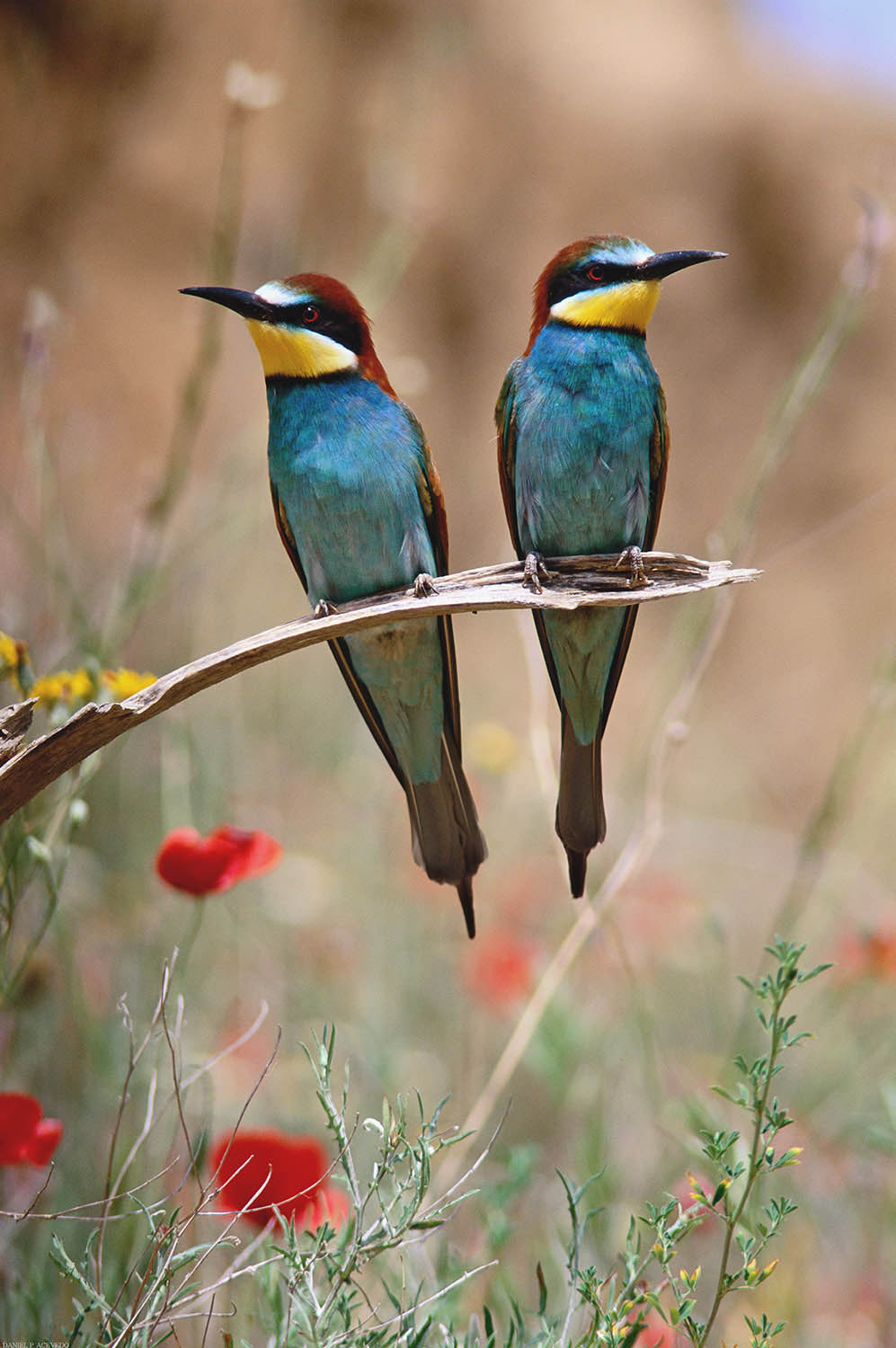
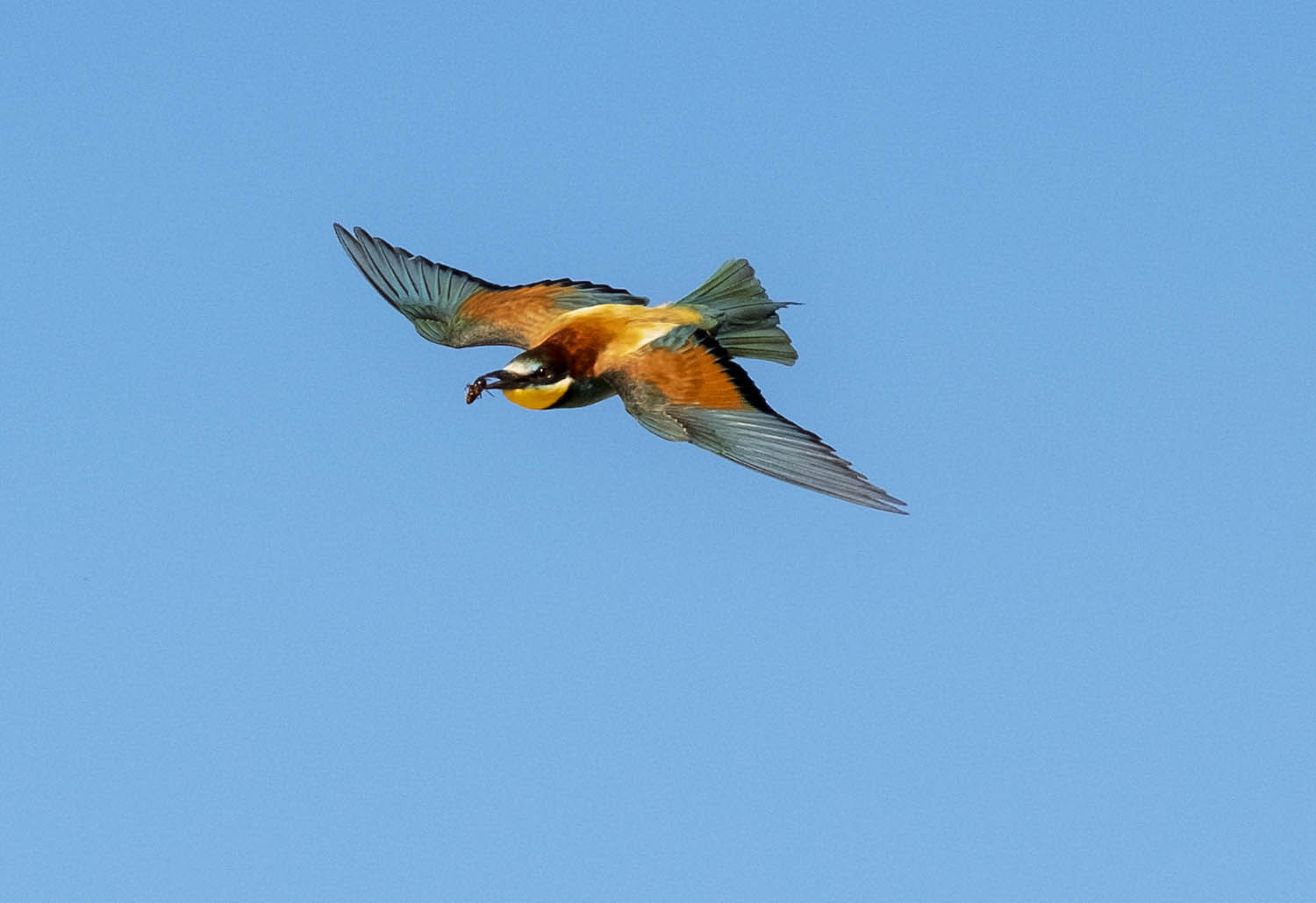
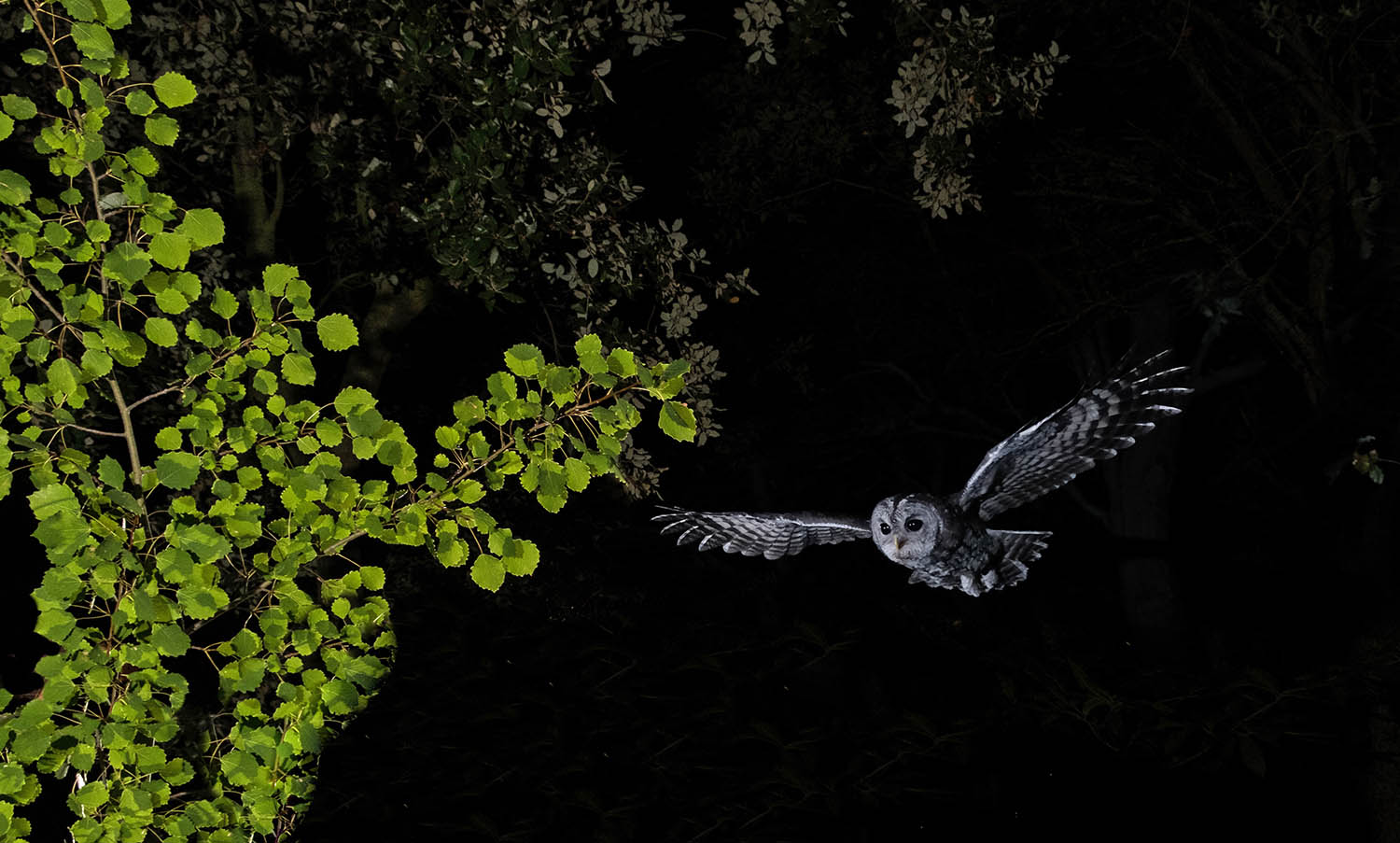
RIGHT: Fuji X-H1 . Fuji XF18-55mmF2.8-4 @19.60mm . F/7.1 . 1/50″ . ISO 2000
Did your extensive experience with Velvia influence your decision to use the Fuji X system? What is your current camera and lens setup, and compared to your previous camera system, what are the main differences that you would highlight?
Of course, the guarantee of having worked with Fuji films reassured me that their digital cameras could not fail, and they would augur good image quality. For this reason, I did not hesitate to get my first Fujifilm X-H1, which is what I am currently working with. The lenses I use are the Fujinon 18-55mm and 70-300mm. In addition, I also use manual lenses with an adapter, especially for macro and video.
One of the main advantages that I have been able to verify when using a Fuji camera is the fidelity of the original image captured and the speed of work, of shooting. The resistance of the equipment is also a plus.
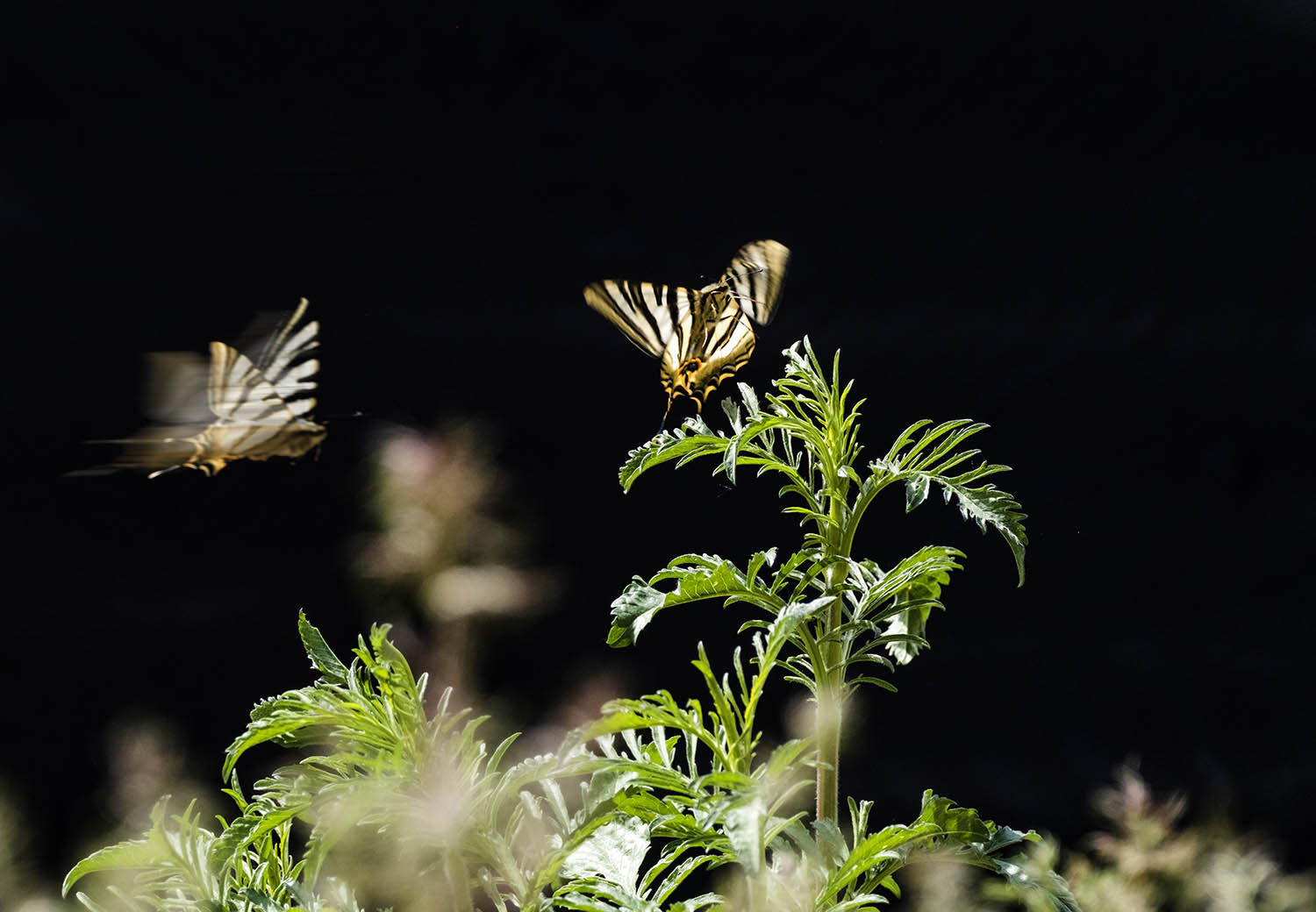
The only drawback that is understandable by its stabilization mechanisms and other settings is the short battery life, which I make up for by using a grip with two extra batteries. In any case, I think that in other brands battery consumption is something that is always there, I understand that the new Fuji models are already working on it.
One of the advantages most commonly mentioned about the Fuji X camera system is its high portability without compromising image quality. Did the sizes of the camera bodies, and especially the lenses, weigh in on your decision? What do you usually carry in your camera bag when travelling?
With the aforementioned extra grip, the camera’s weight rises, increasing the volume and weight to carry. Generally, my backpack or work bag can weigh about 5~6 kilos, something in any case much less than what I carried with past analogue equipment, especially when I went out to work with medium format cameras.
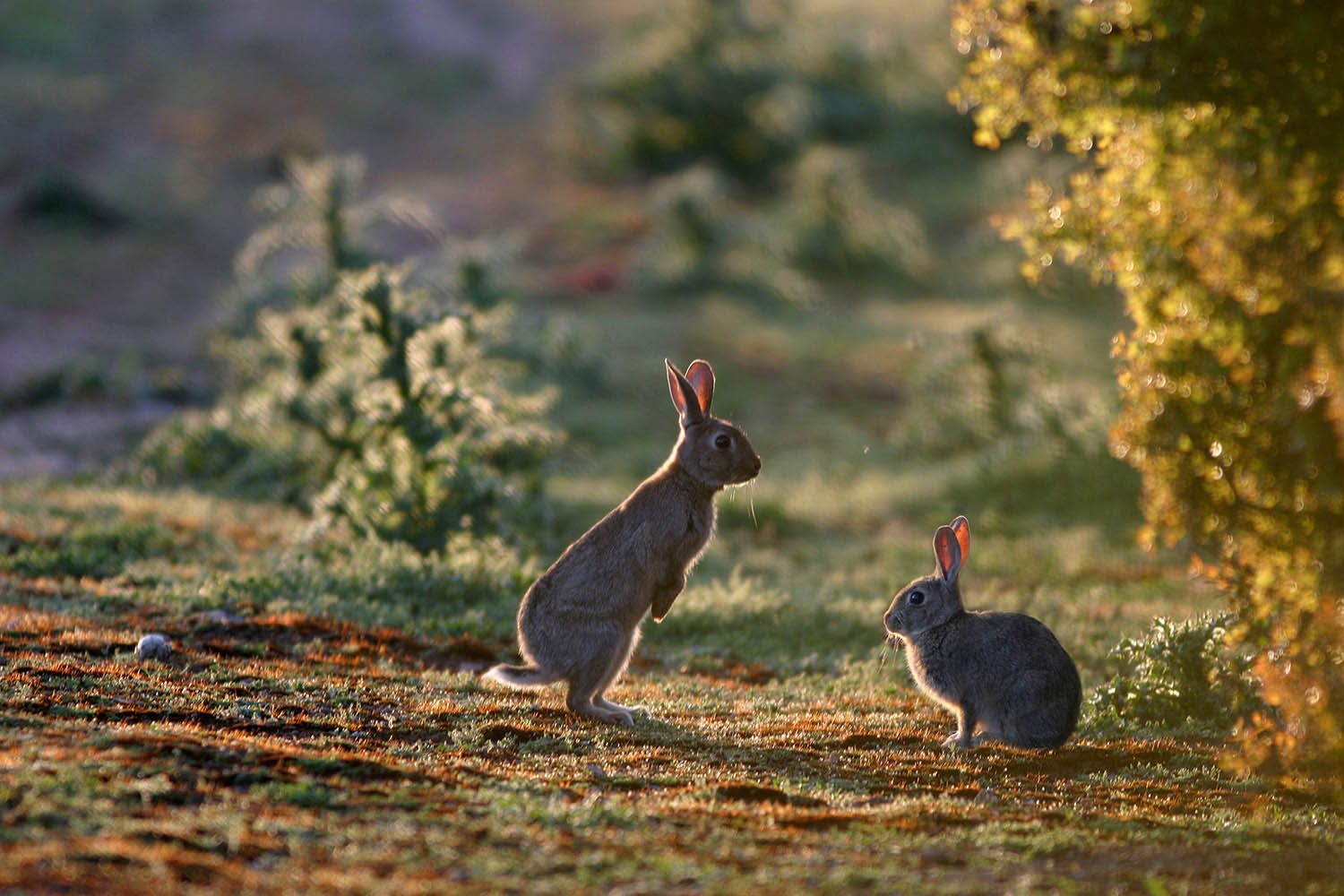
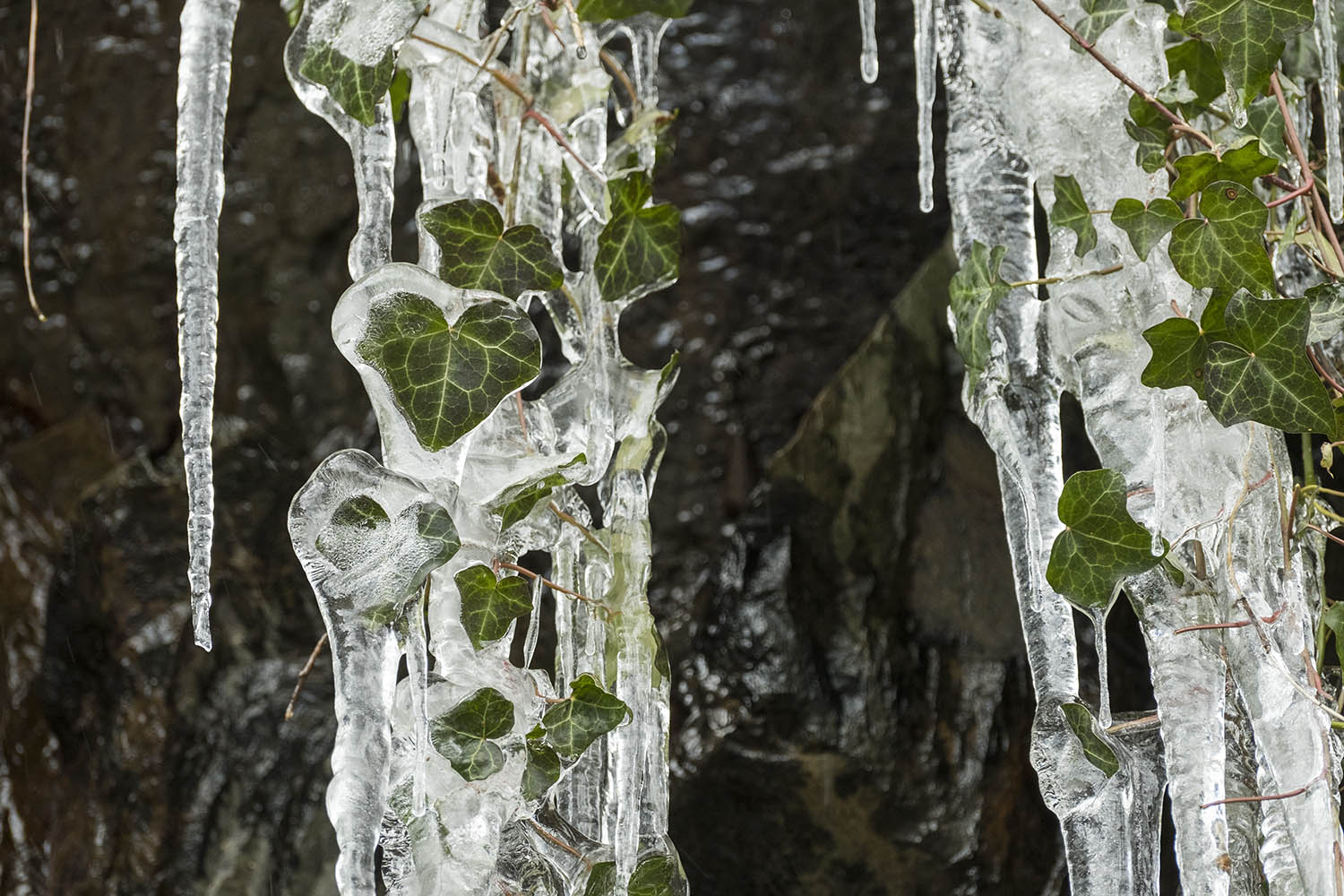
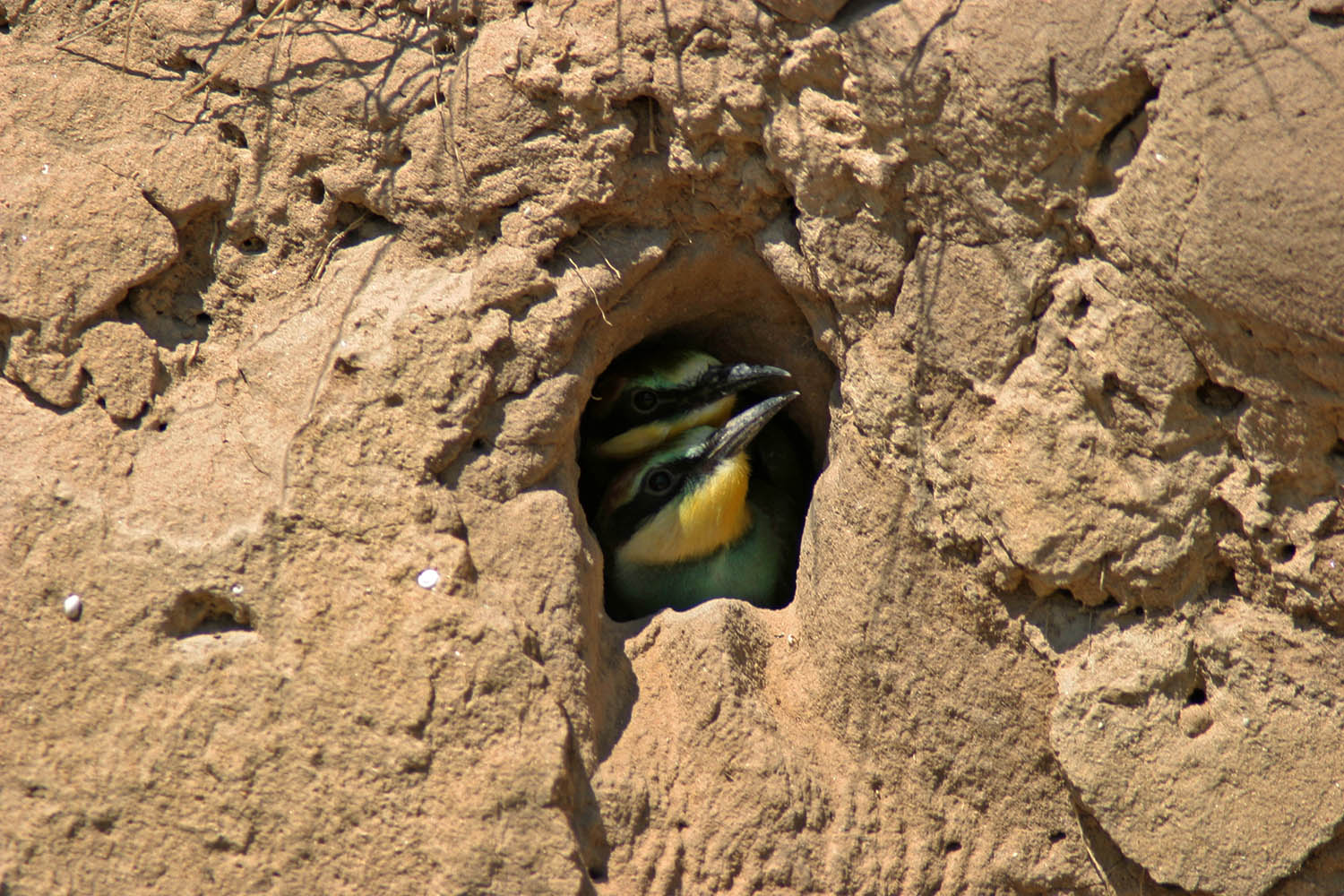
Speaking of travel, we are amazed by the incredible locations you take your Photo Tour participants to. You offer a range of destinations, some are well-known, but others are true hidden gems. Would it be possible for you to give a brief presentation of the key locations you have available for those who are interested?
At Phototoursspain I always try to take our guests to the places that have impressed me the most over the years, I share my preferences in terms of locations whenever I have people with me, and I also try to visit the spots at the right times of light, either at dawn, dusk or at the most interesting time so that they take the best impression and obviously the best images on their memory cards.
In Ireland, despite visiting Dublin and other places in the country’s east, my main objective is always to cross the island and position ourselves in the west to receive the clouds and storms with their peculiar Irish light. The Connemara region and the Cliffs of Moher are undoubtedly some of the most anticipated locations. It is known that Ireland has a special light that makes it incredibly beautiful and that it has always seduced and inspired all kinds of artists, from writers, musicians, and painters to photographers and others.
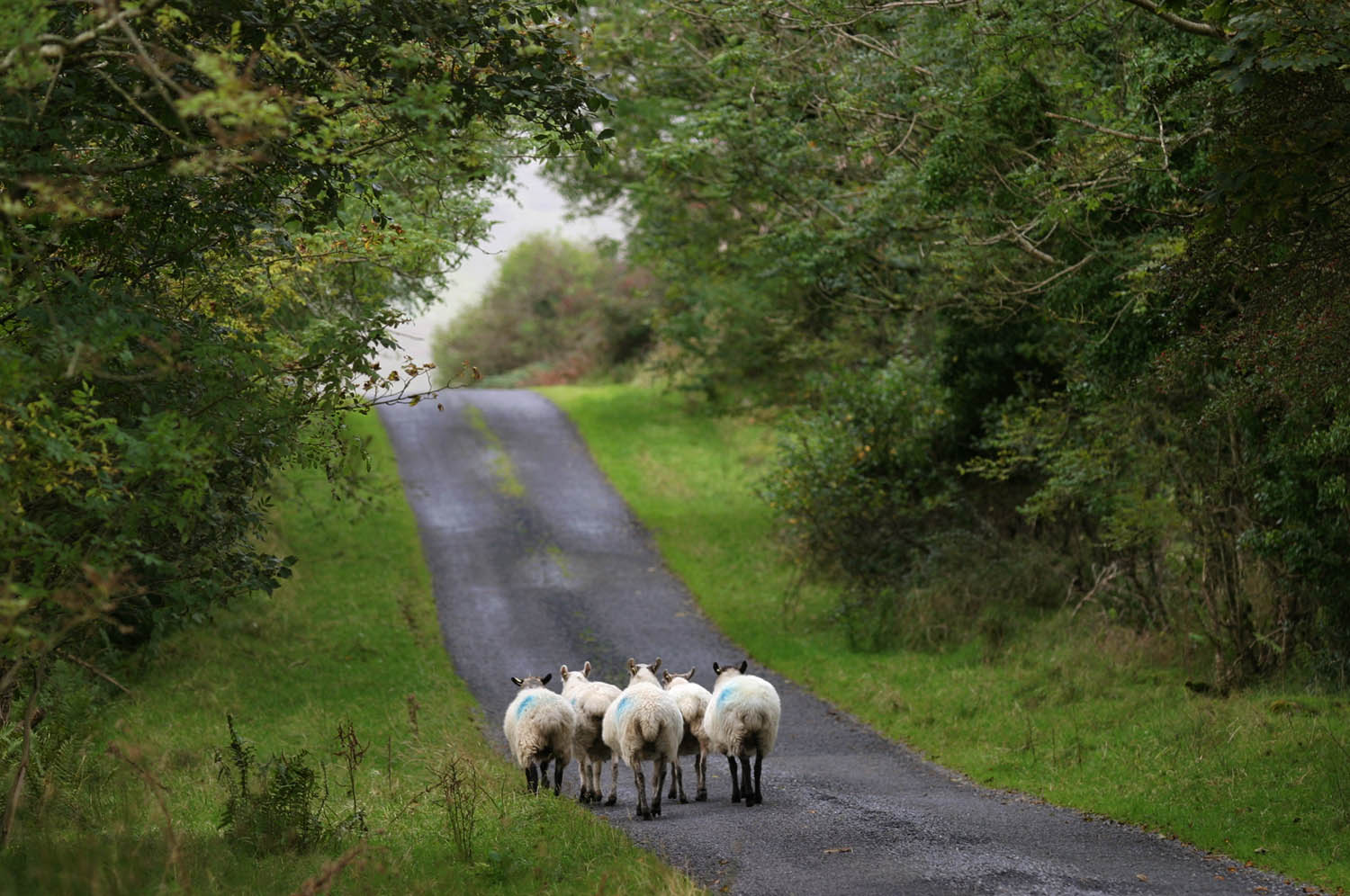
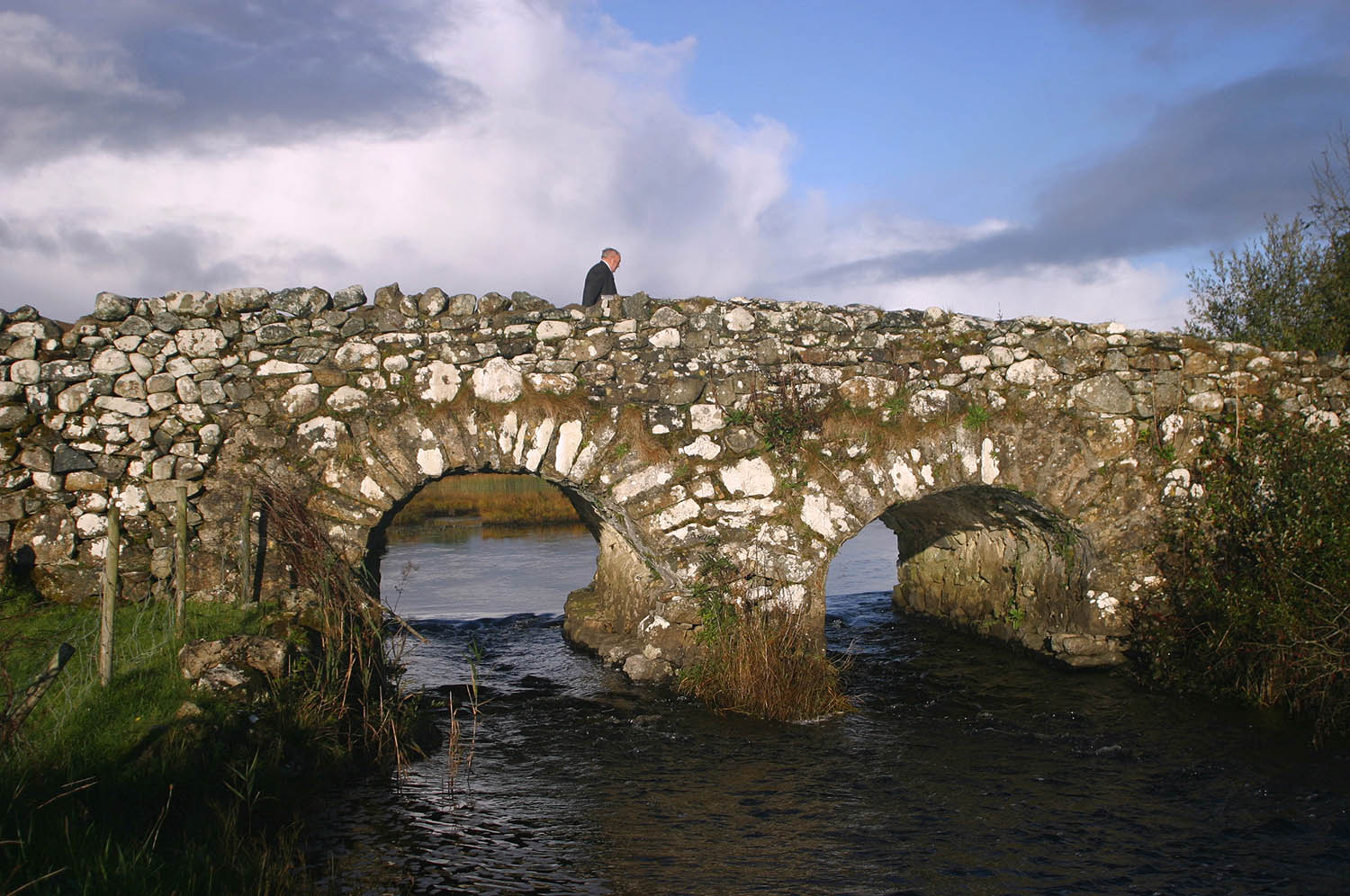
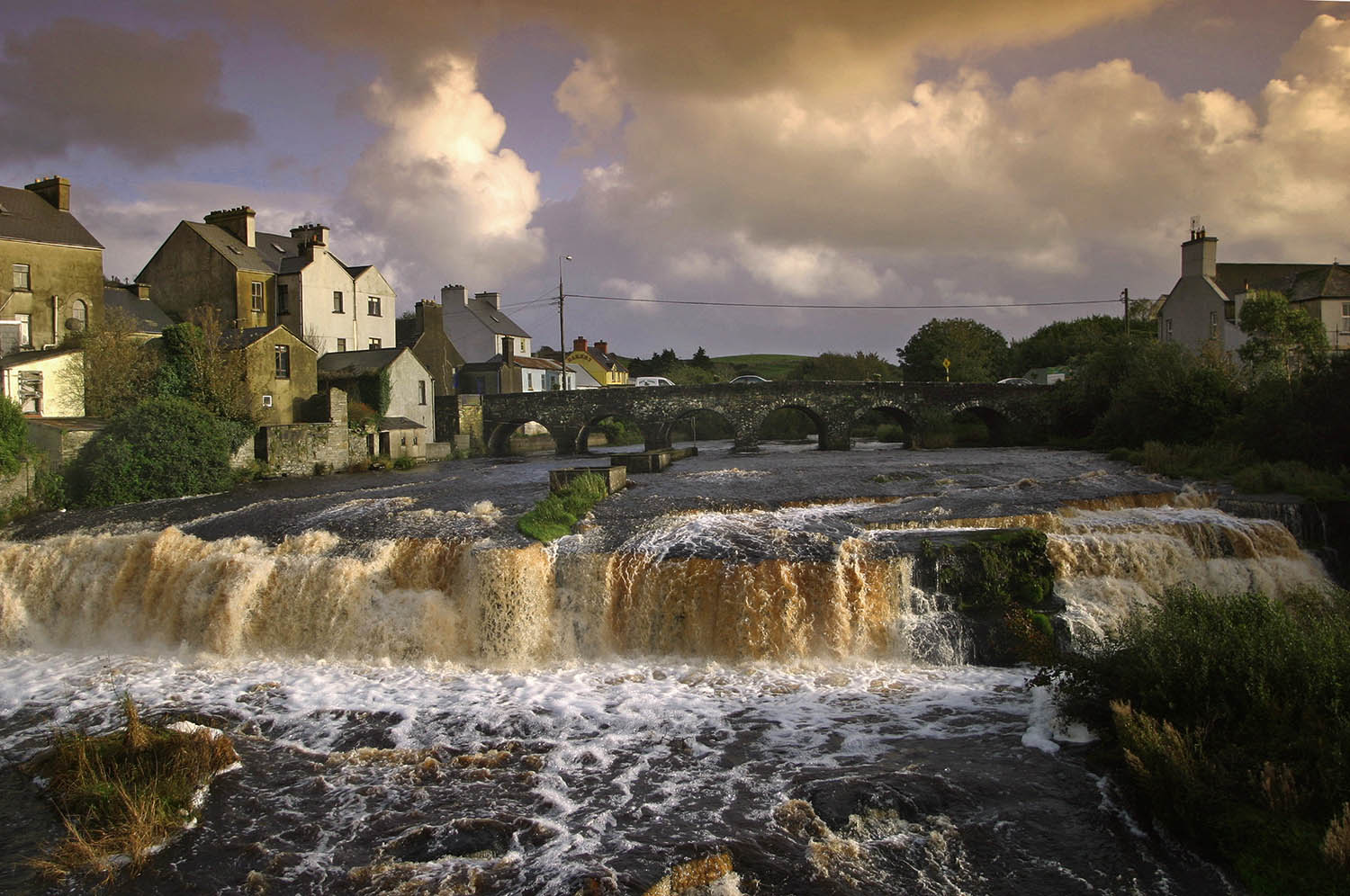
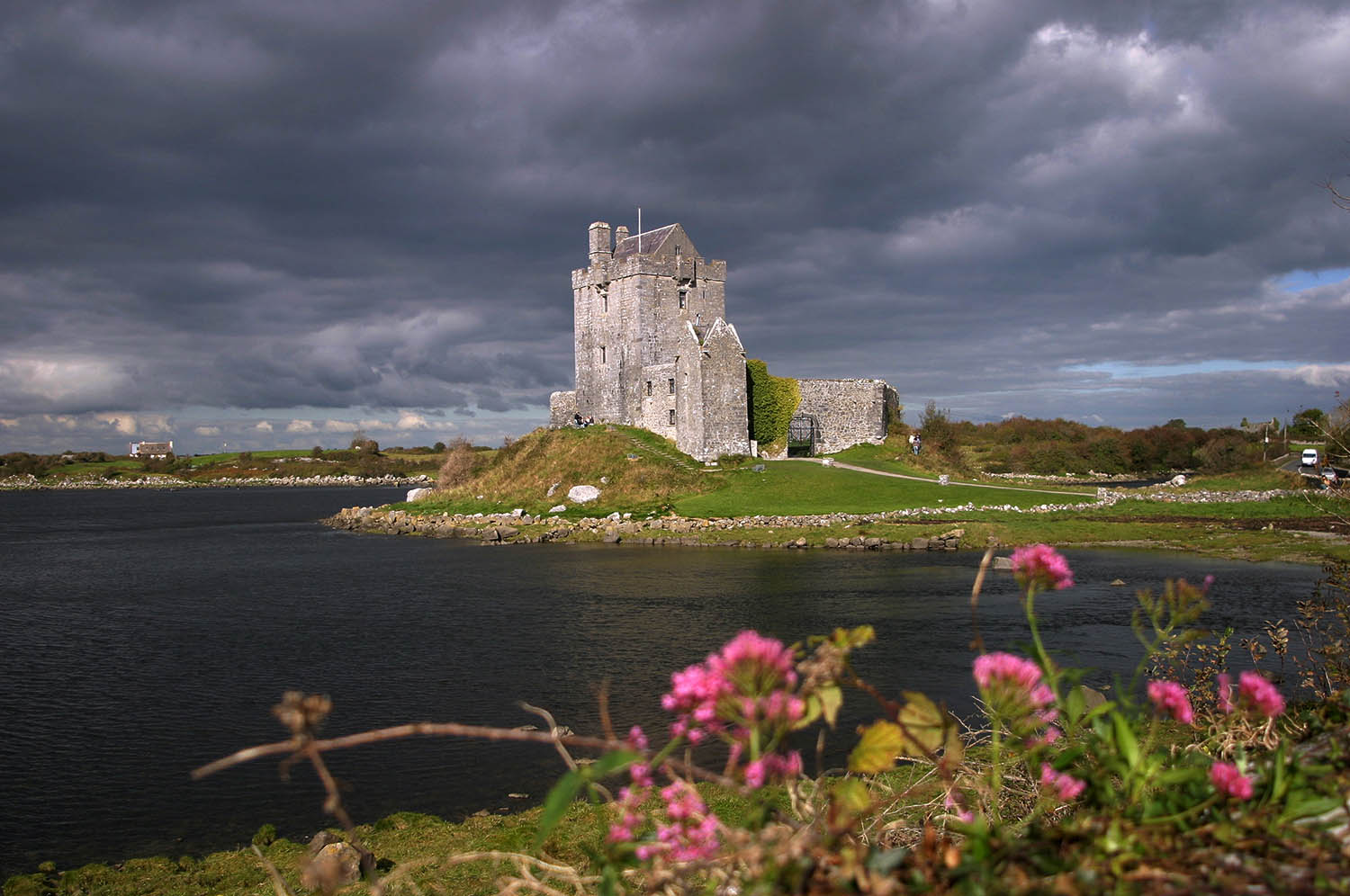
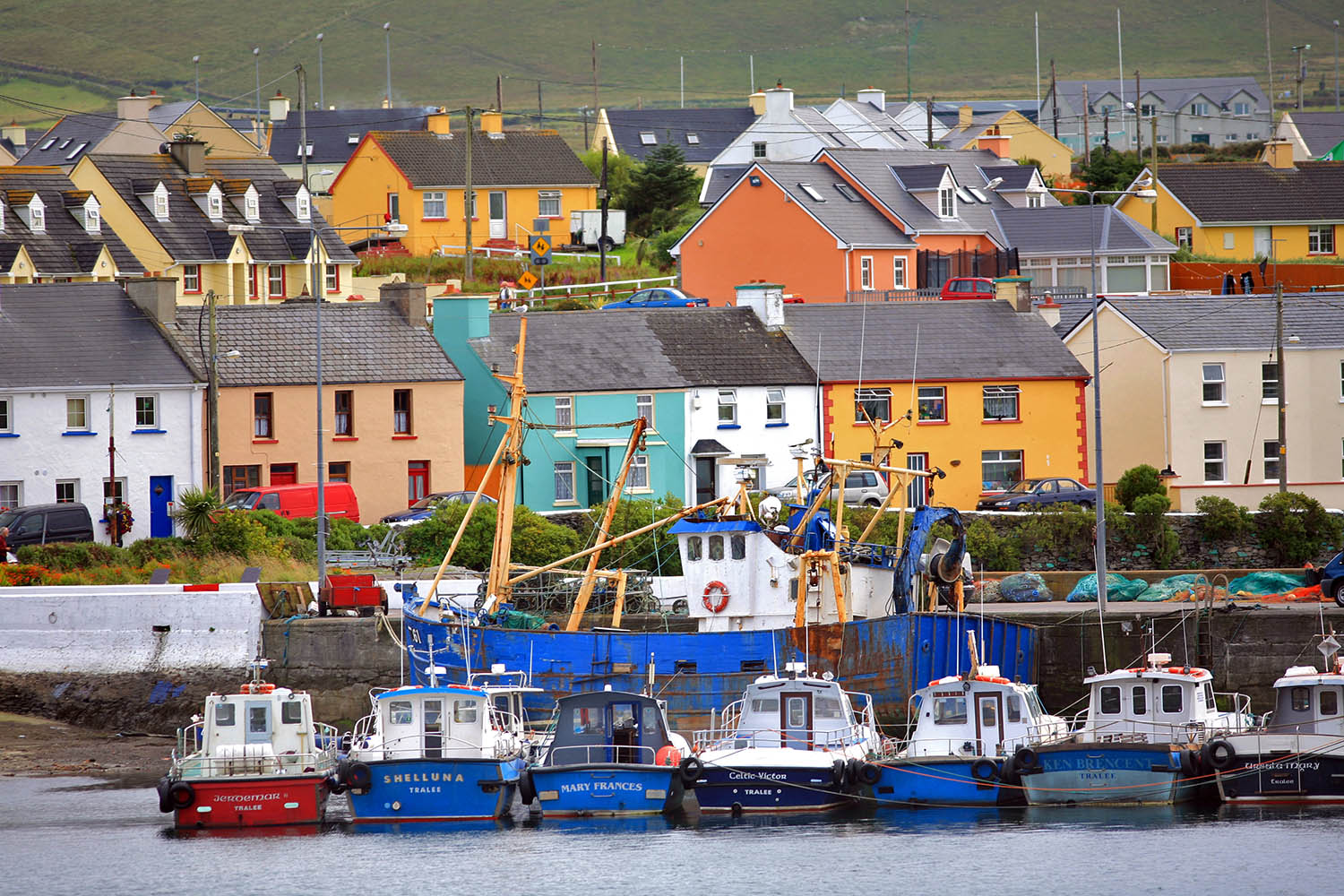
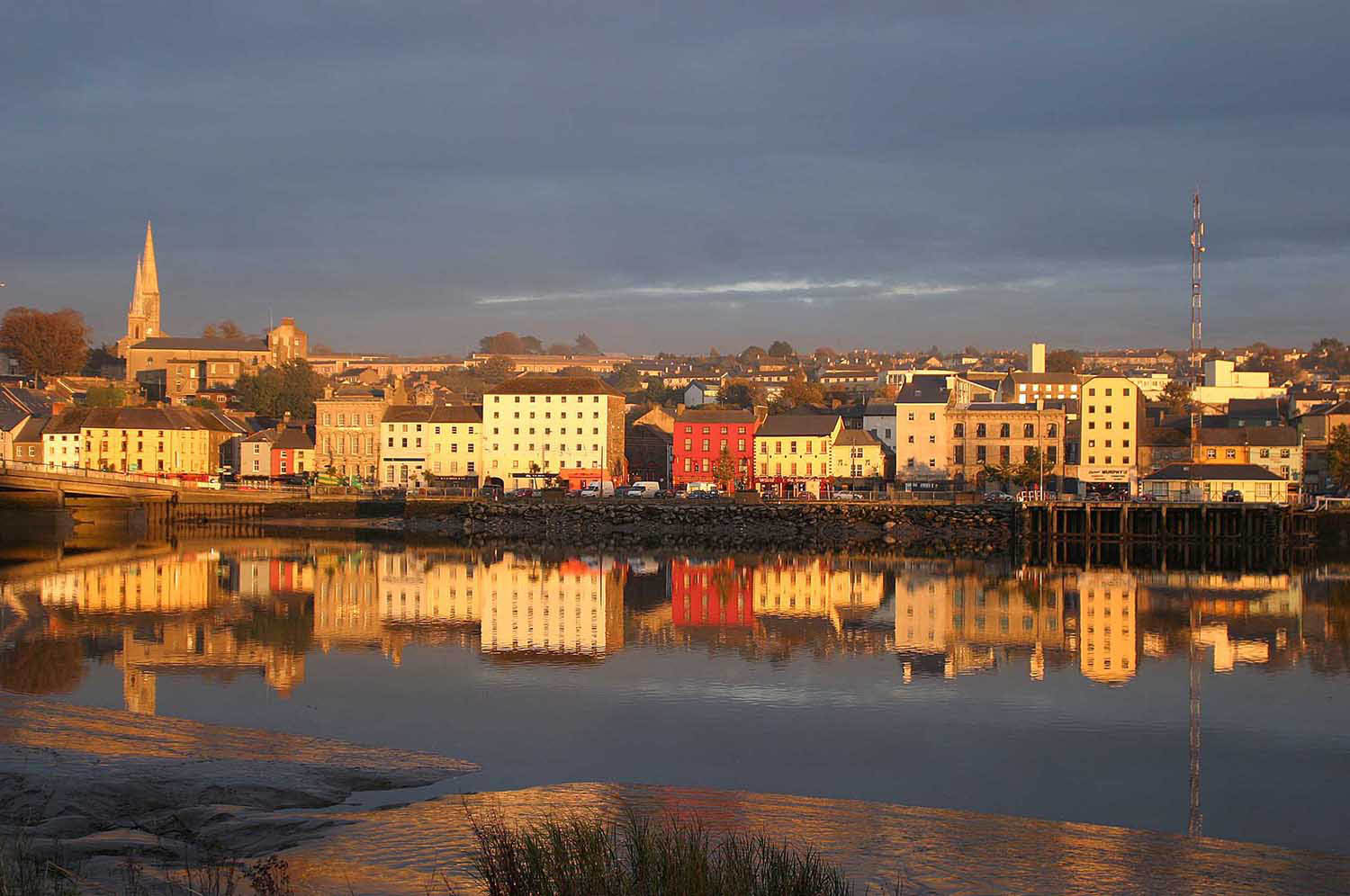
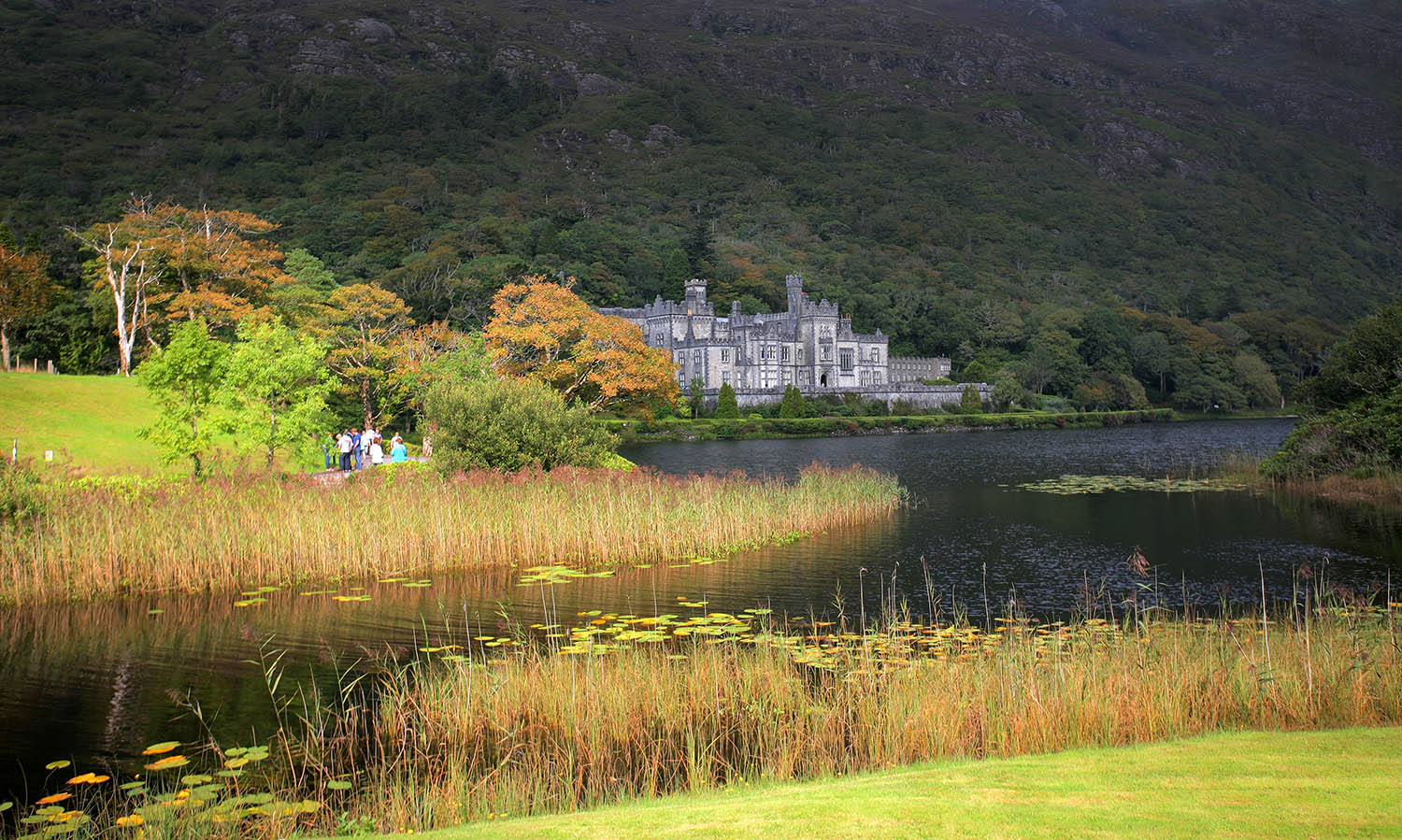
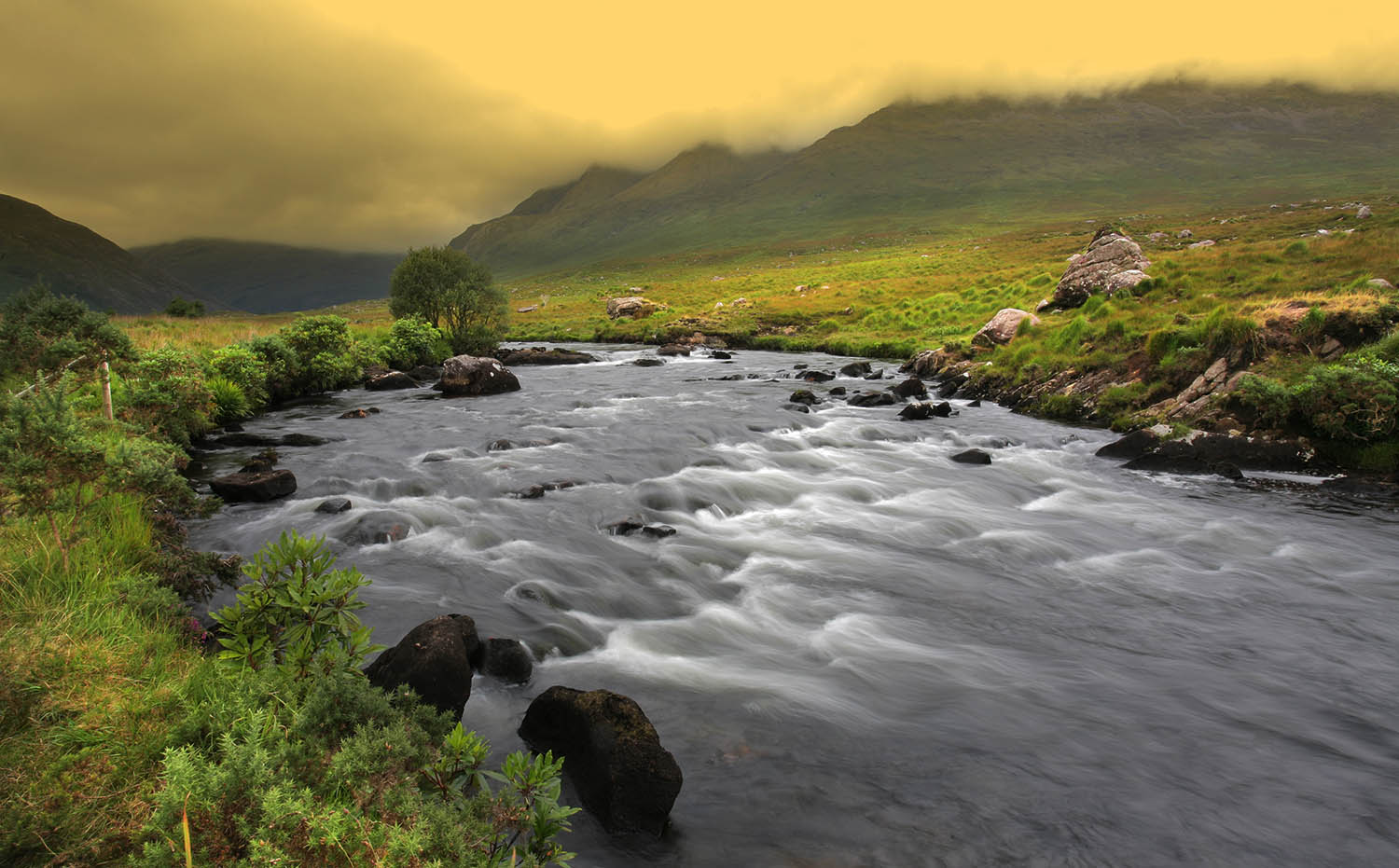
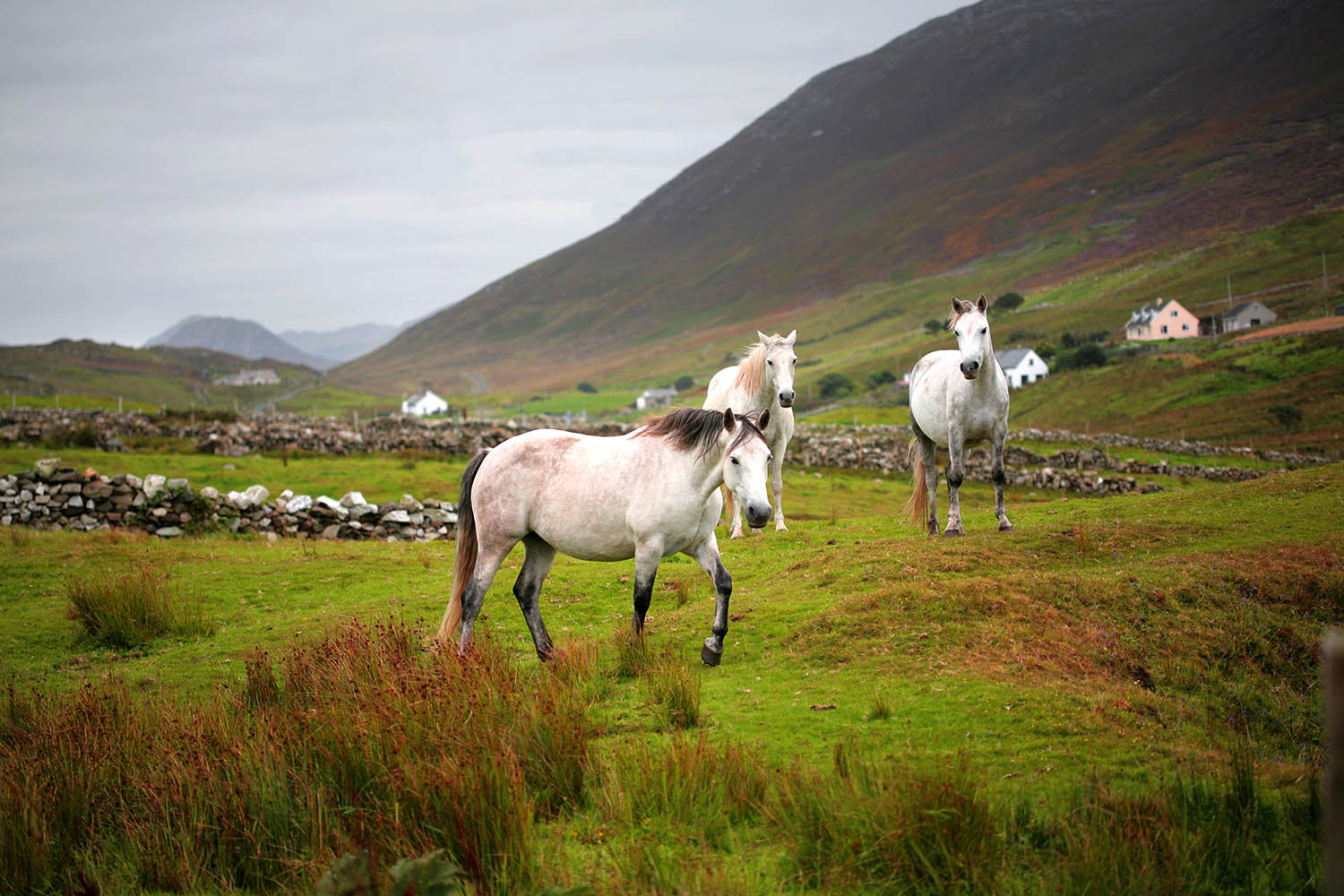
RIGHT: Canon 5D . Canon EF100mmF2.8 Macro . F/2.8 . 1/320″ . ISO 100
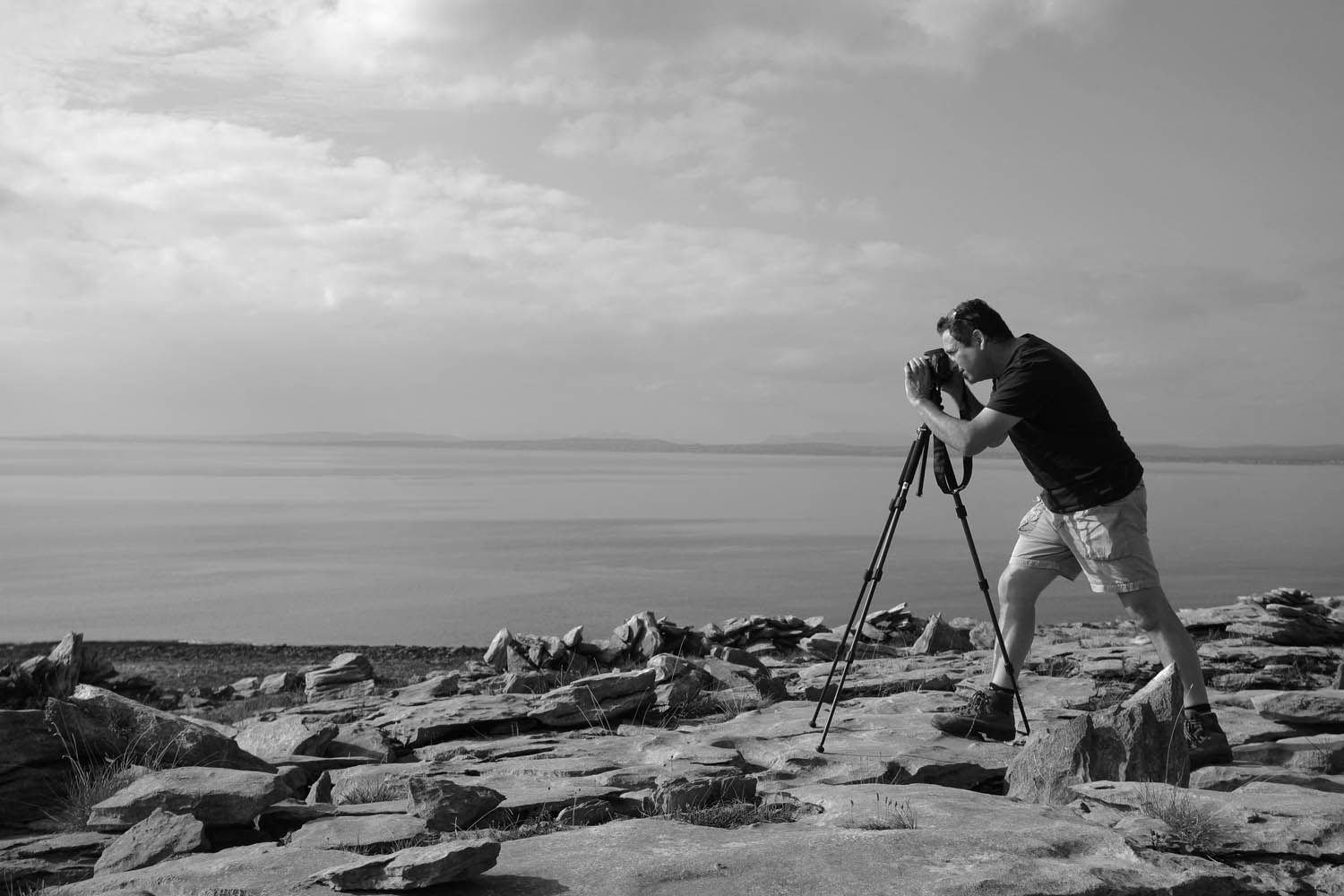
In Portugal, everything is beauty, just like in Ireland, its position facing west towards the Atlantic Ocean makes Portugal one of the most photogenic places on the Iberian Peninsula. When I first visited Portugal, the first thing I thought about was why I hadn’t gone before. In 2005 I was amazed by its beauty, and I am still discovering new places to photograph. Lisbon, Porto, Aveiro, and Nazaré are among many of my favourite places where I could spend weeks taking photos.
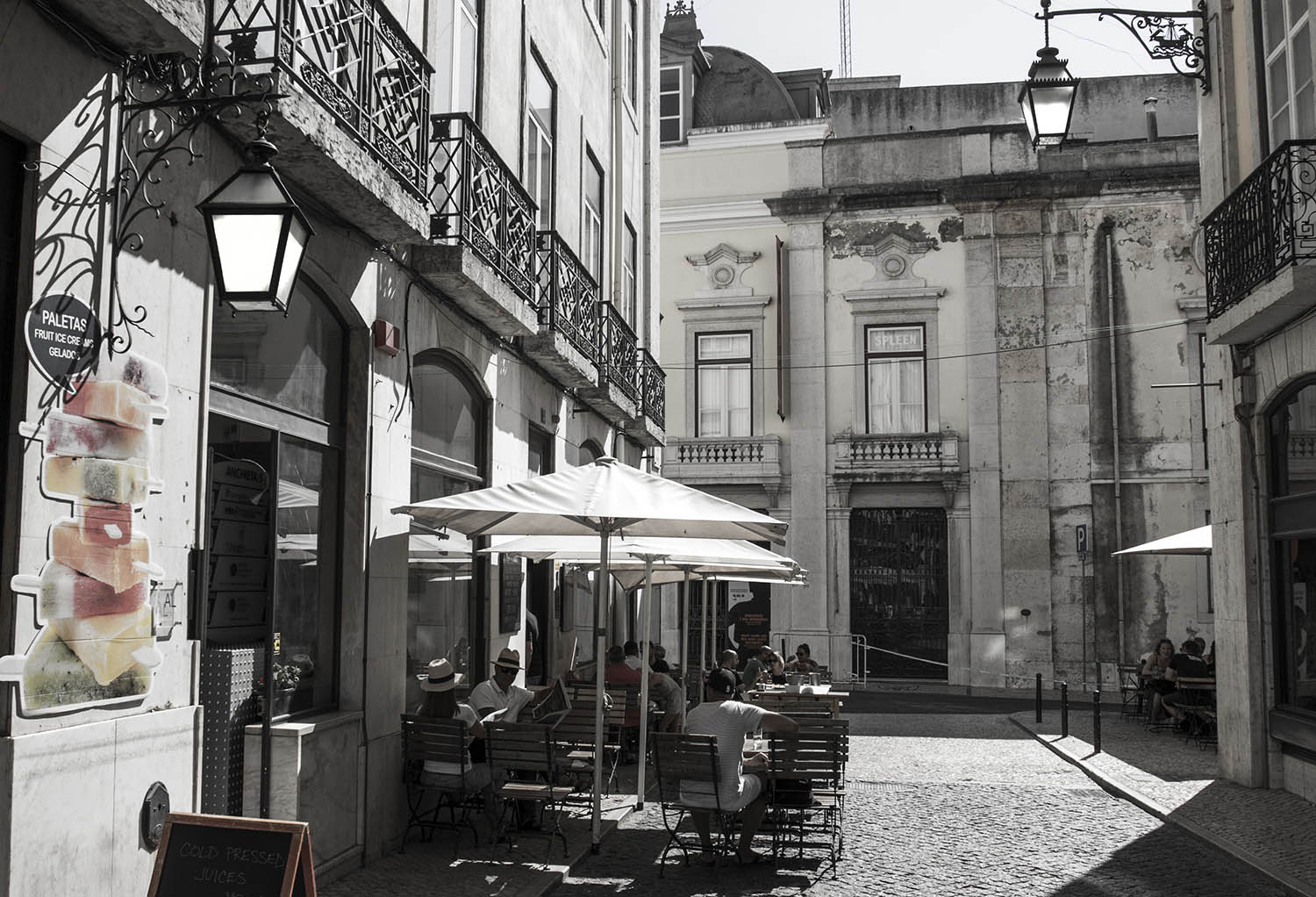
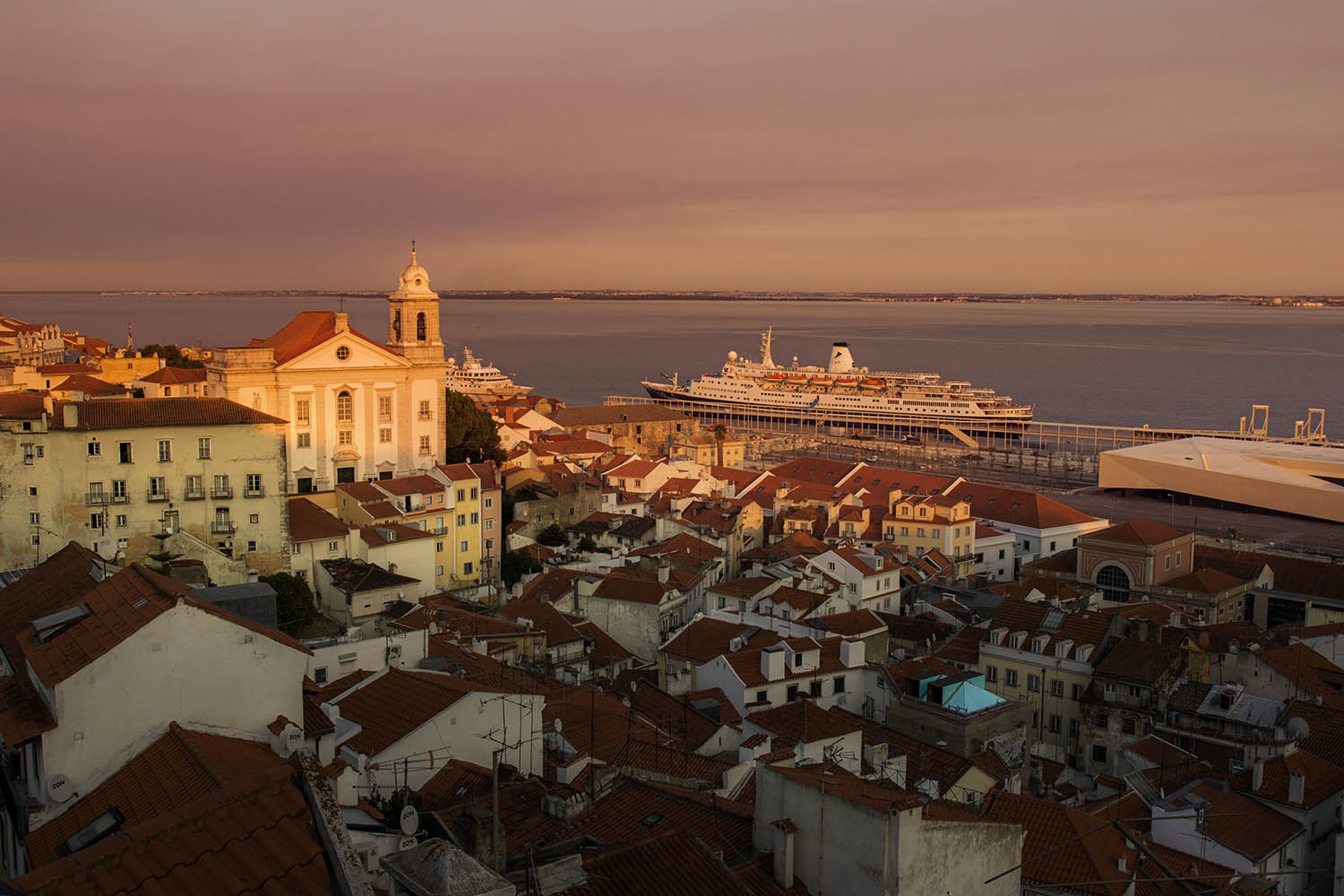
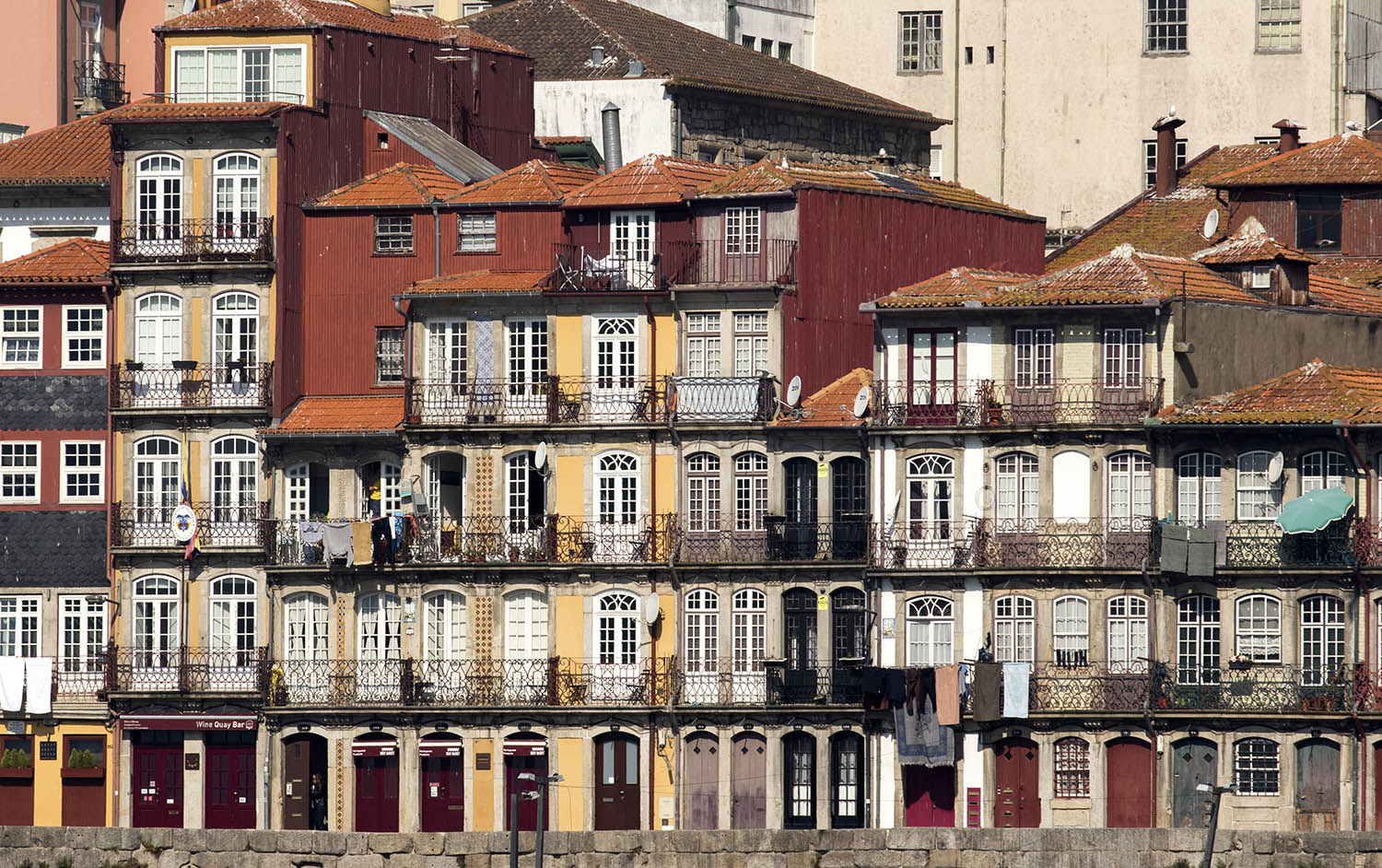
RIGHT: Canon 7D MK II . Canon EF70-200mmF4 @180mm . F/8 . 1/1250″ . ISO 250
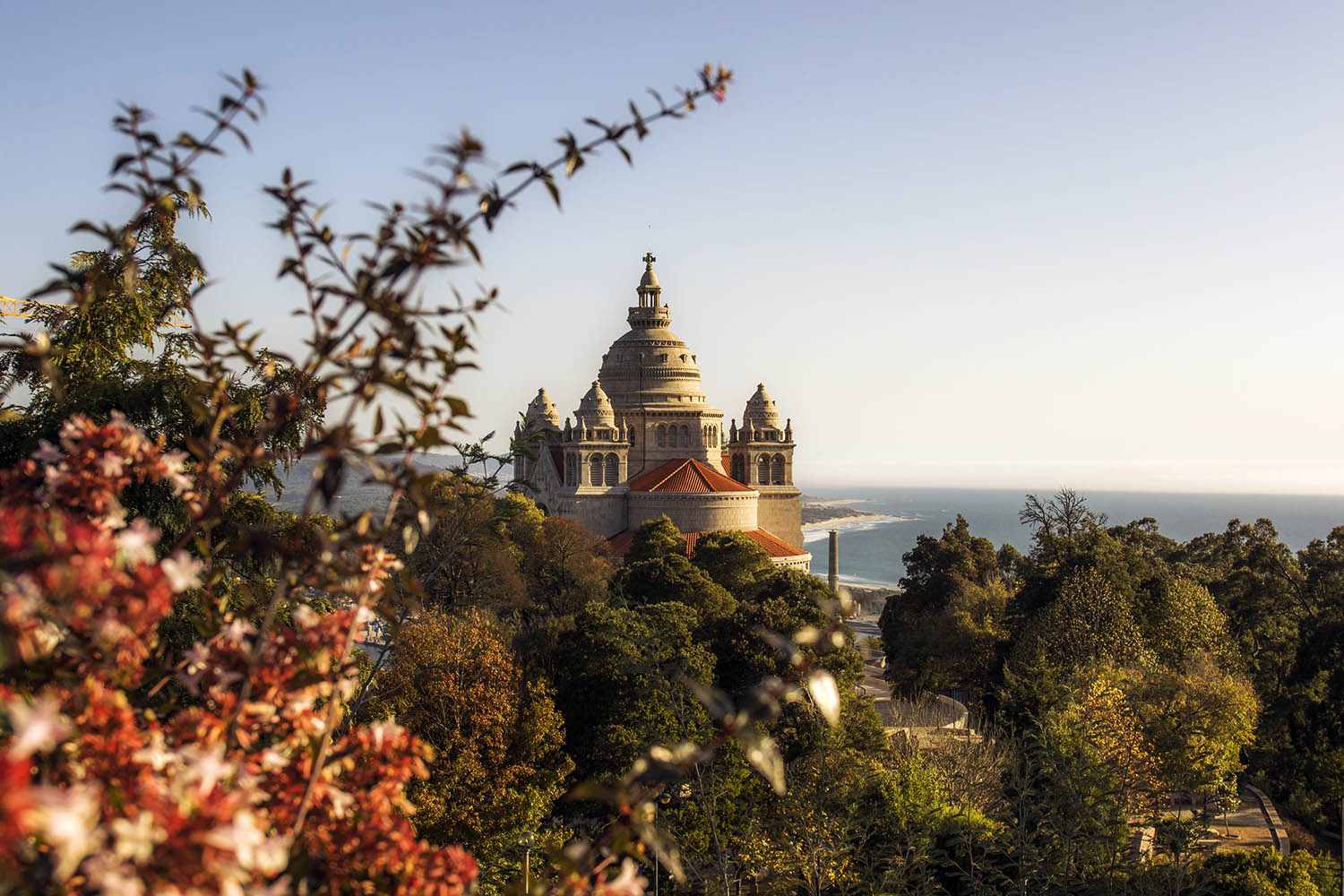
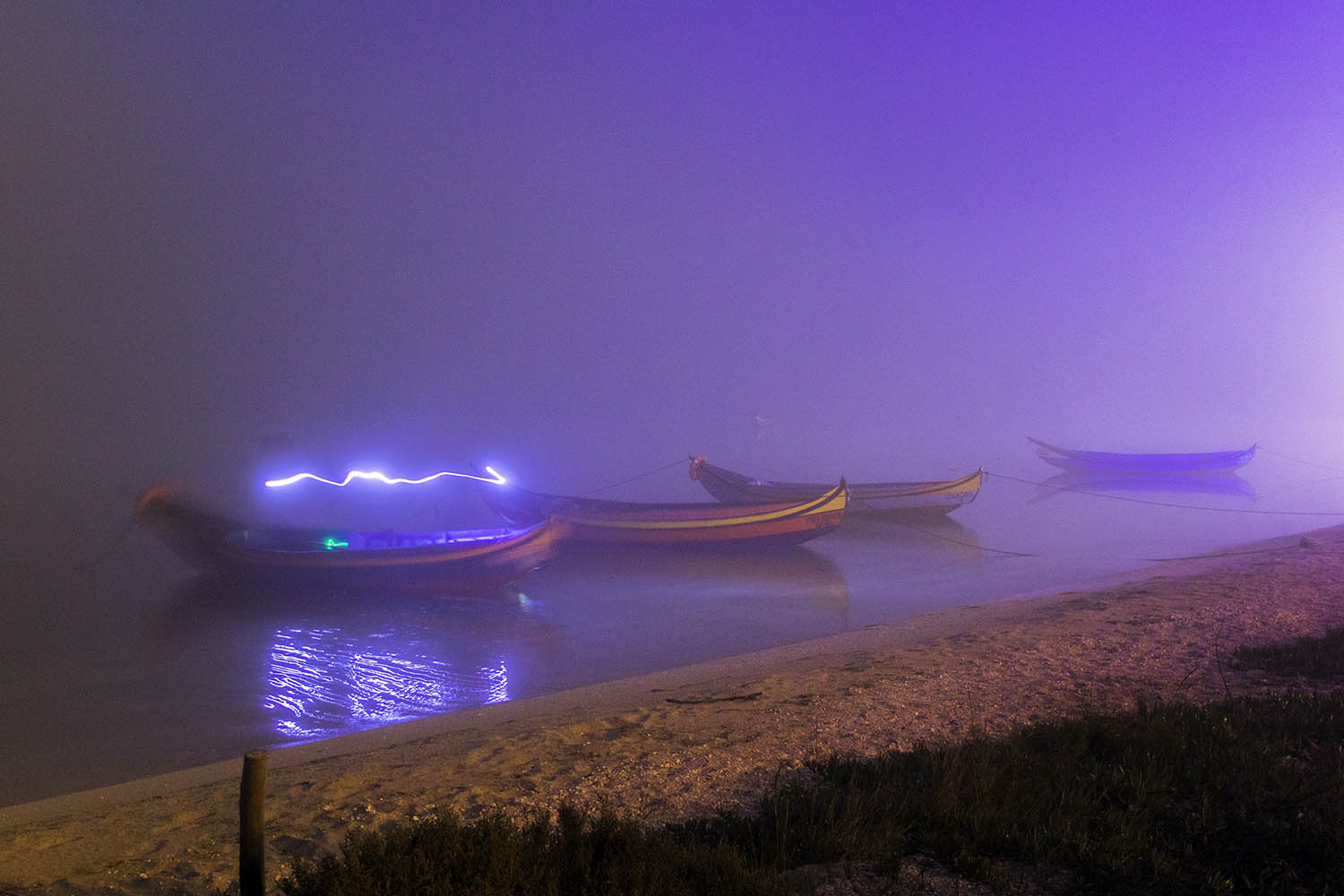
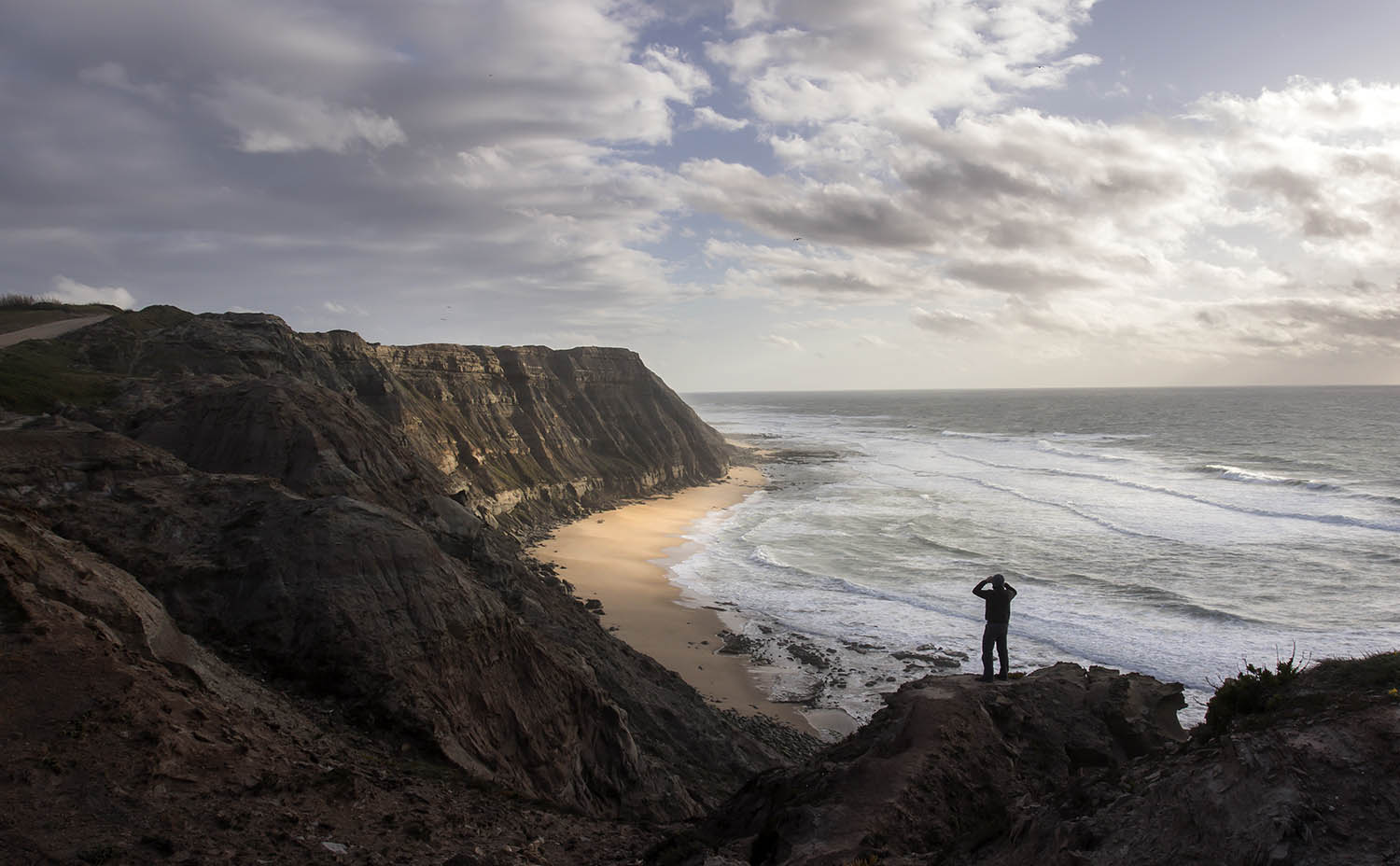
RIGHT: Canon 7D MK II . Canon EF17-40mmF4 @17mm . F/9 . 1/400″ . ISO 250
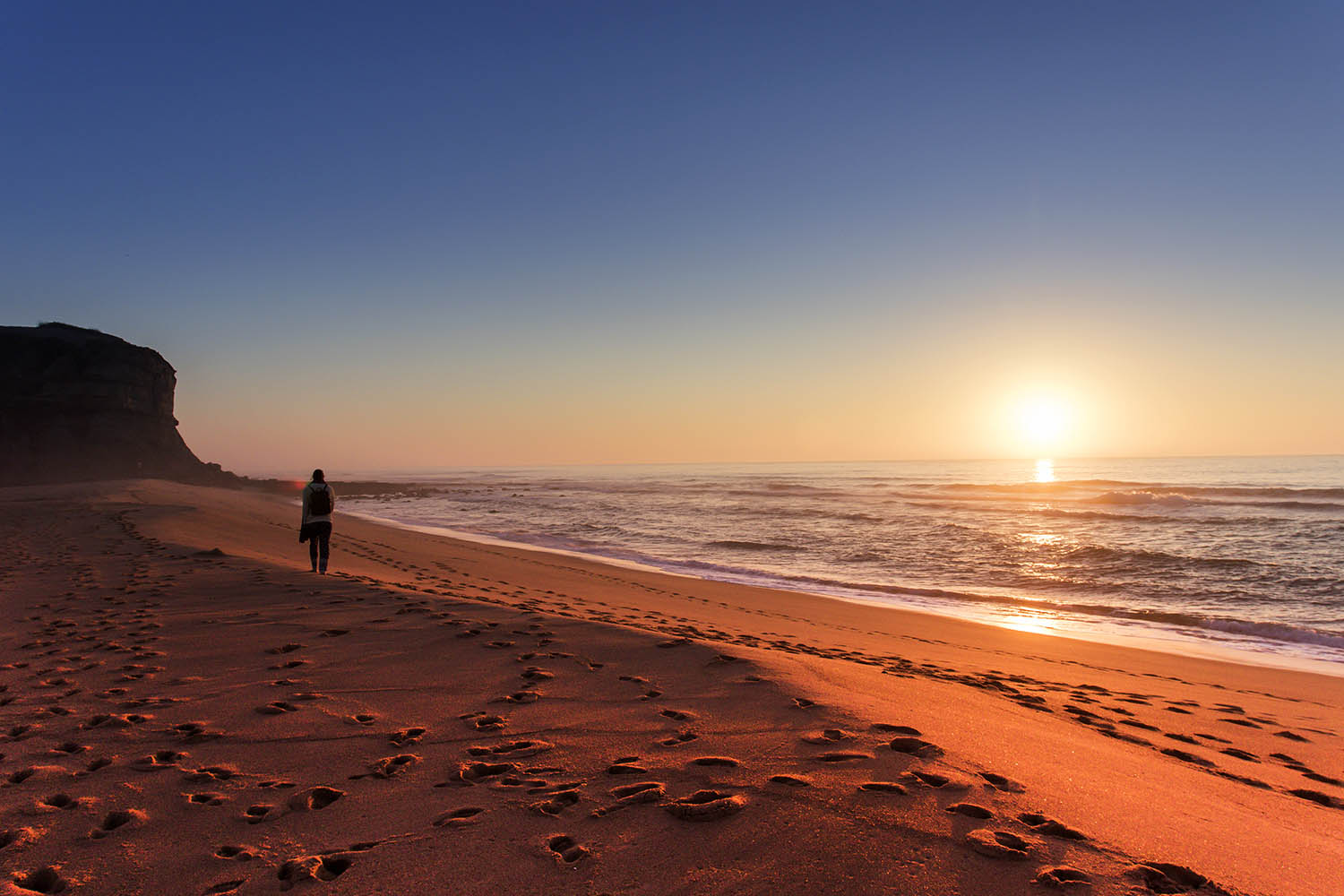
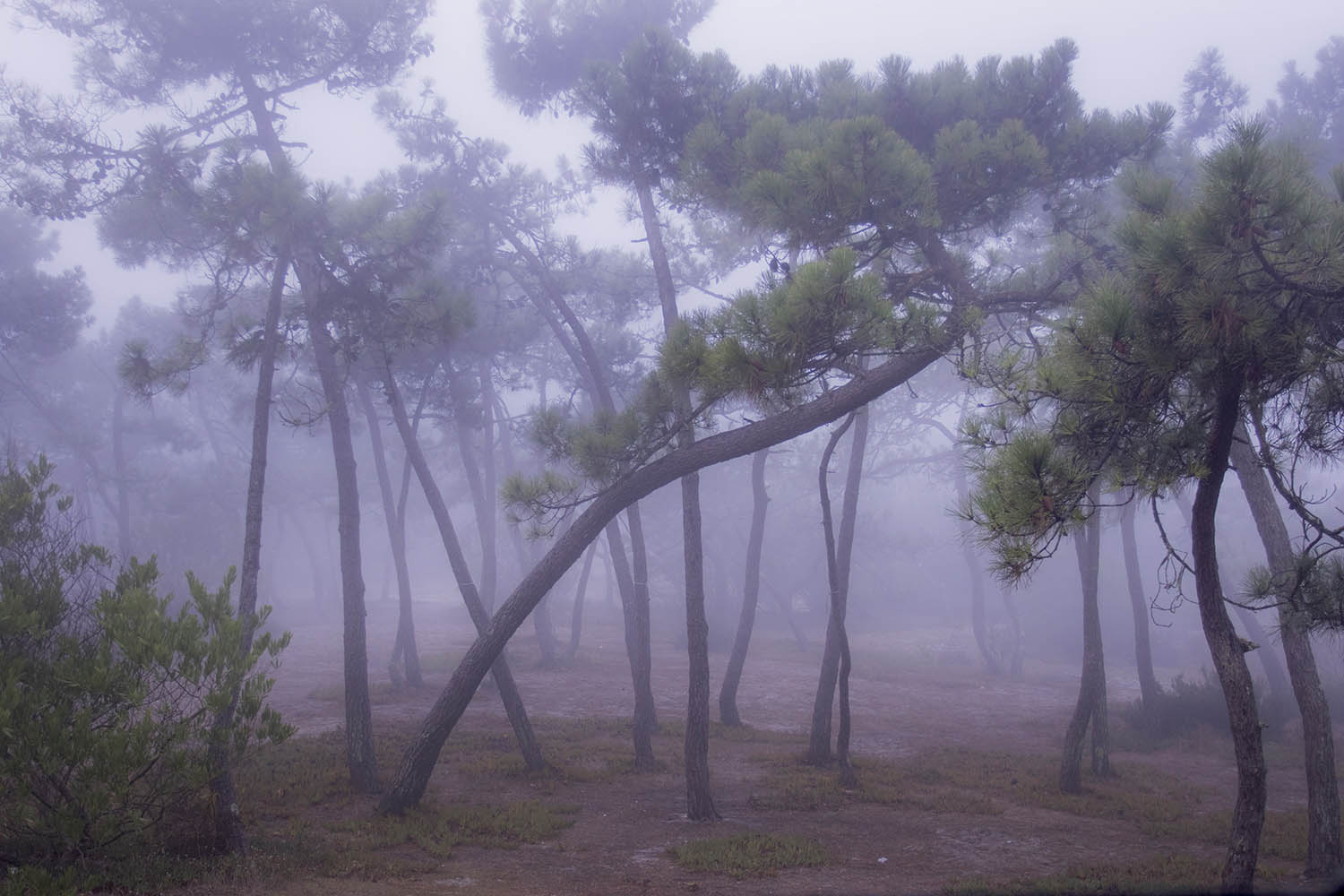
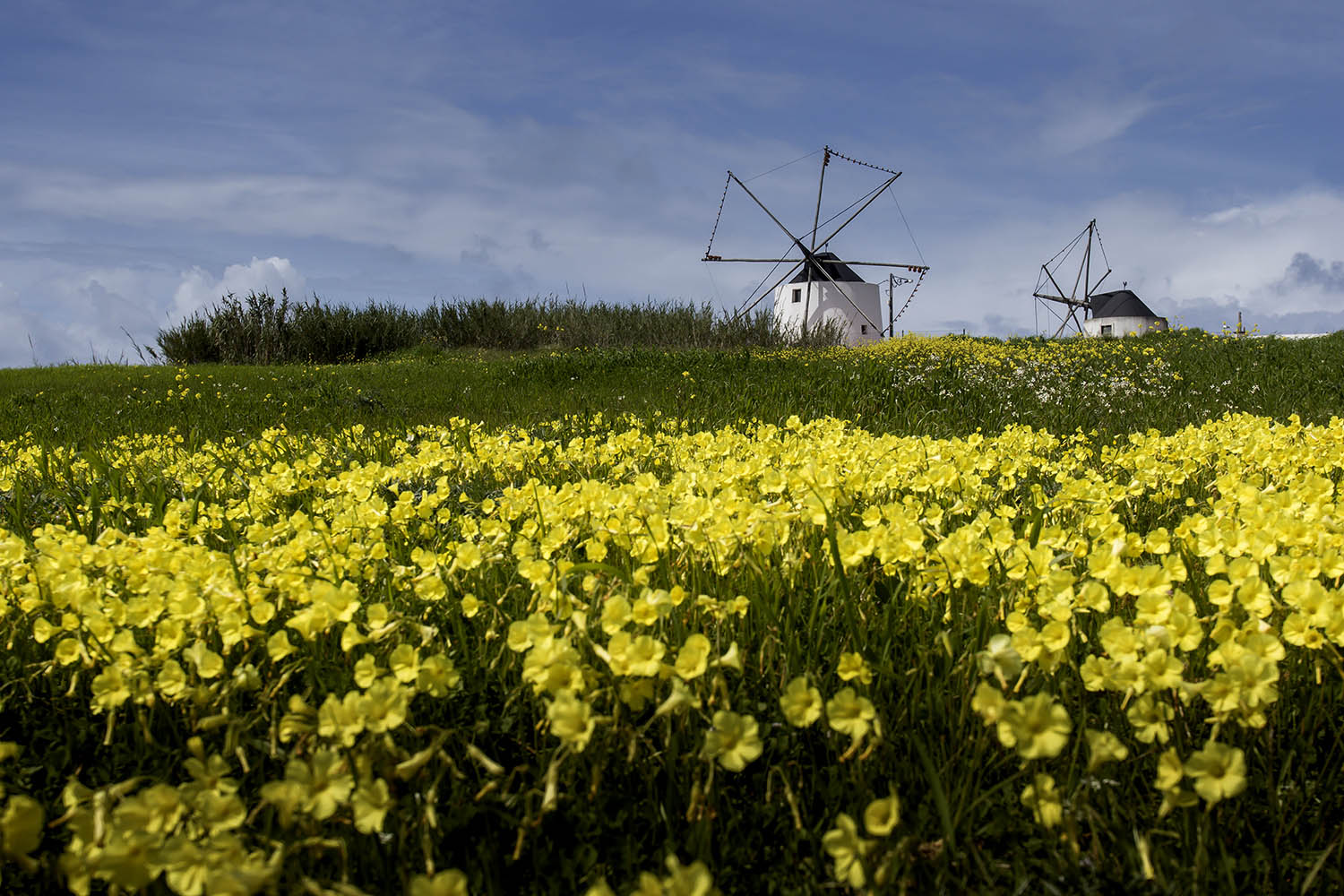
RIGHT: Canon 7D MK II . Canon EF17-40mmF4 @30mm . F/8 . 1/1600″ . ISO 250
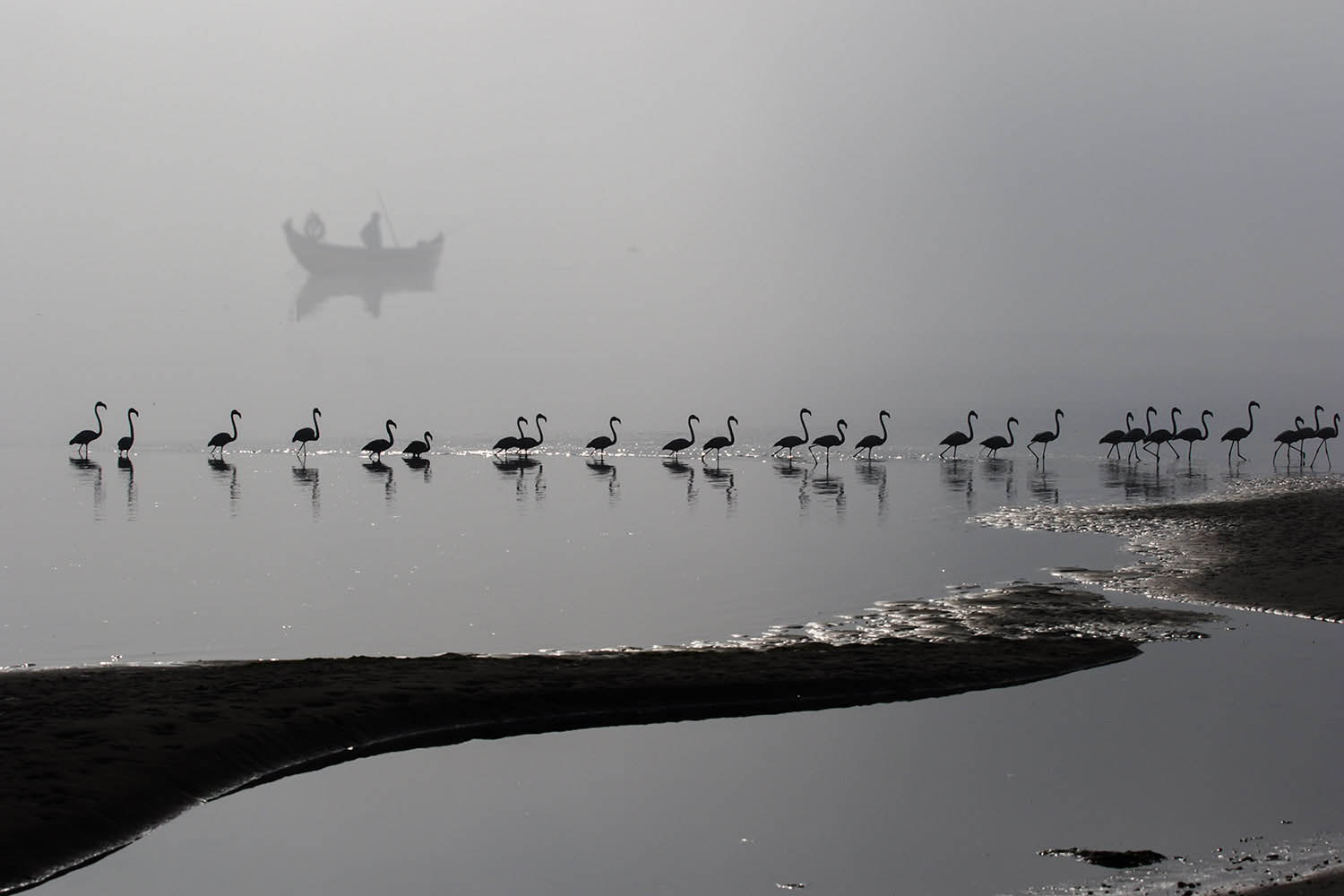
In Spain there is a lot to see, its great extension makes this a country where you could spend months and years visiting new places where you can take photos without stopping. If we join the Baleares Islands and the Canary Islands, then we increase the possibilities, and we can spend our whole lives searching and finding new places from which to shoot our cameras. The Pyrenees, the Cantabrian coast, the Picos de Europa and the Sierra de la Demanda in La Rioja are very special places for me, even so there are hundreds of locations throughout Spain that are well worth visiting and photographing.
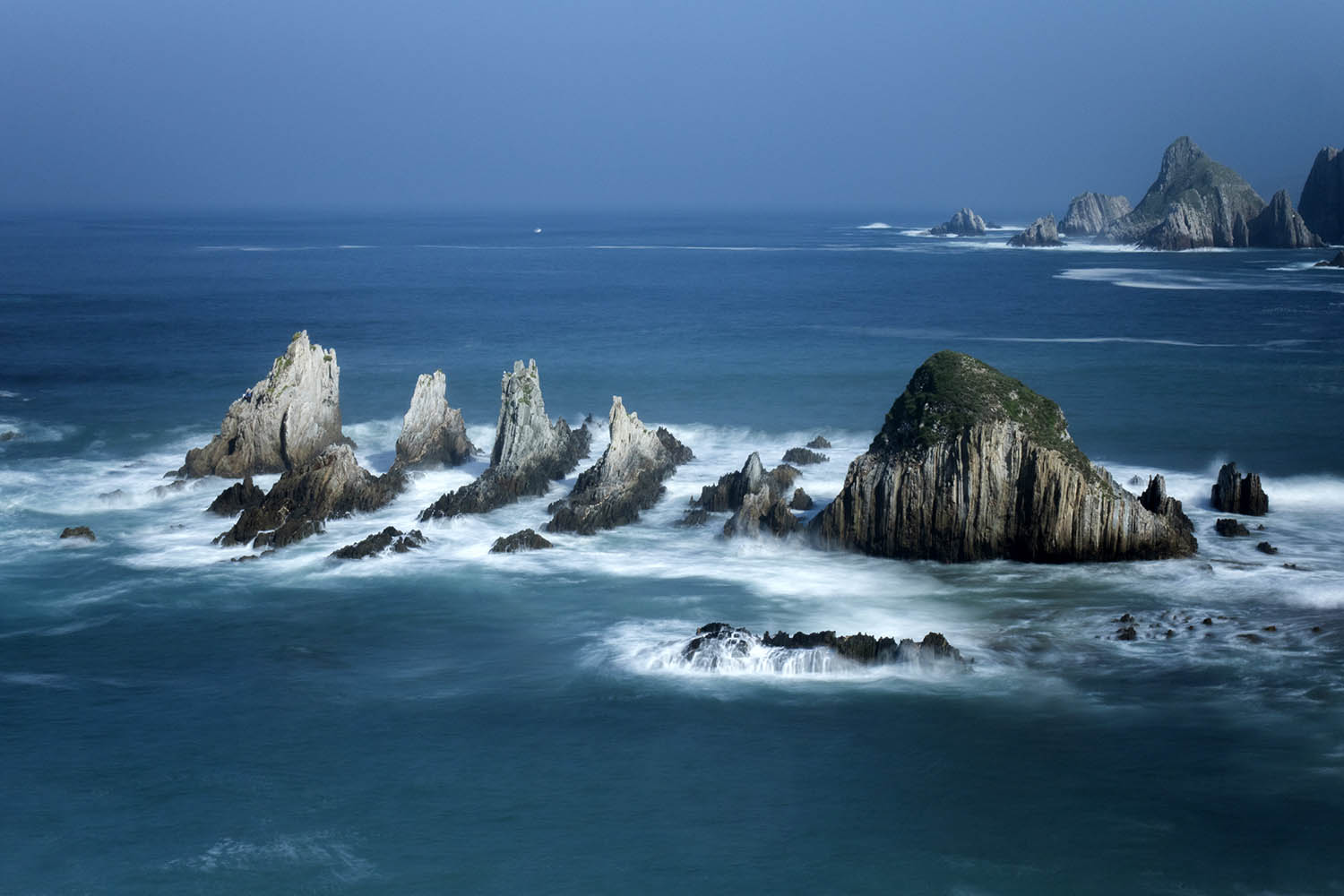
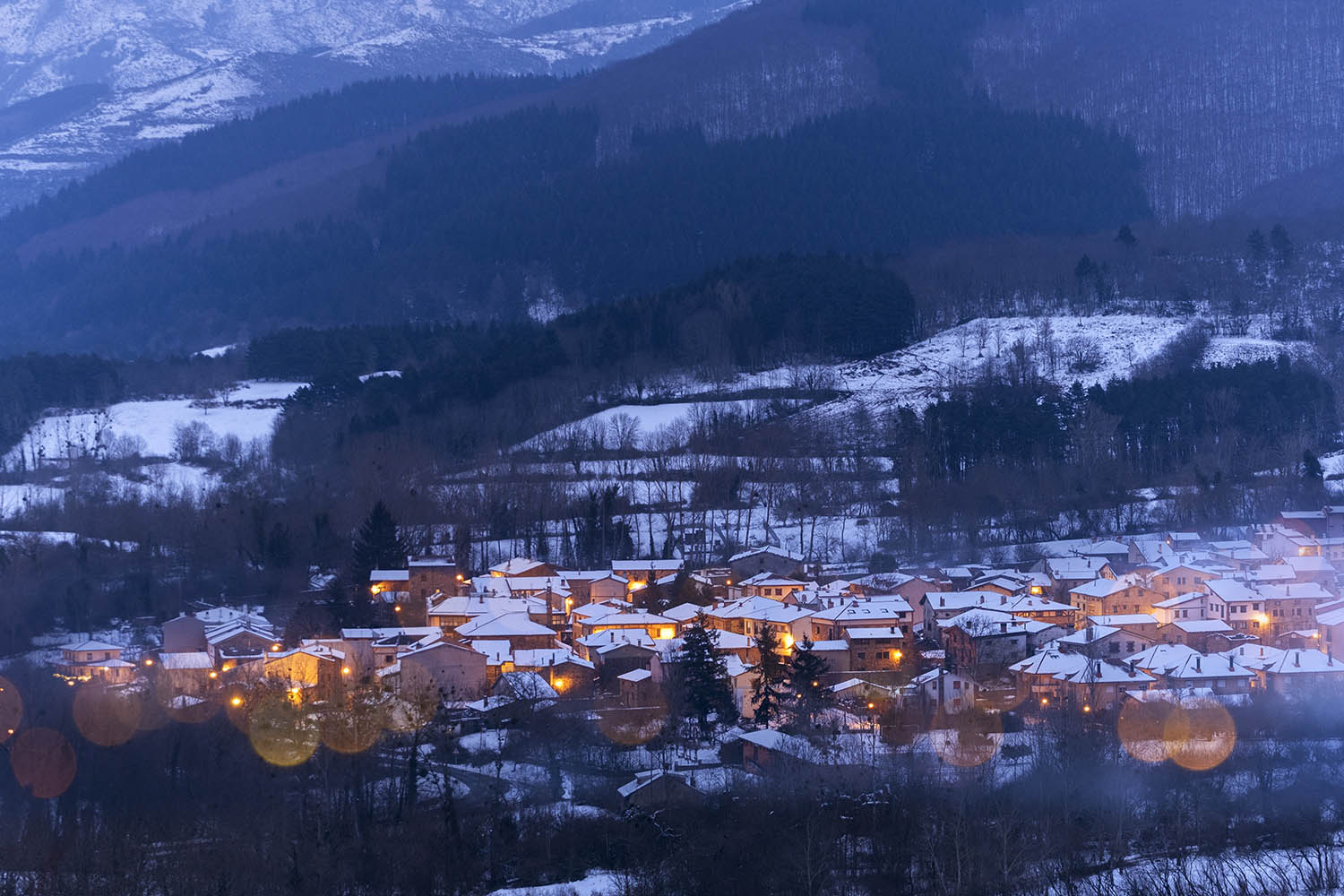
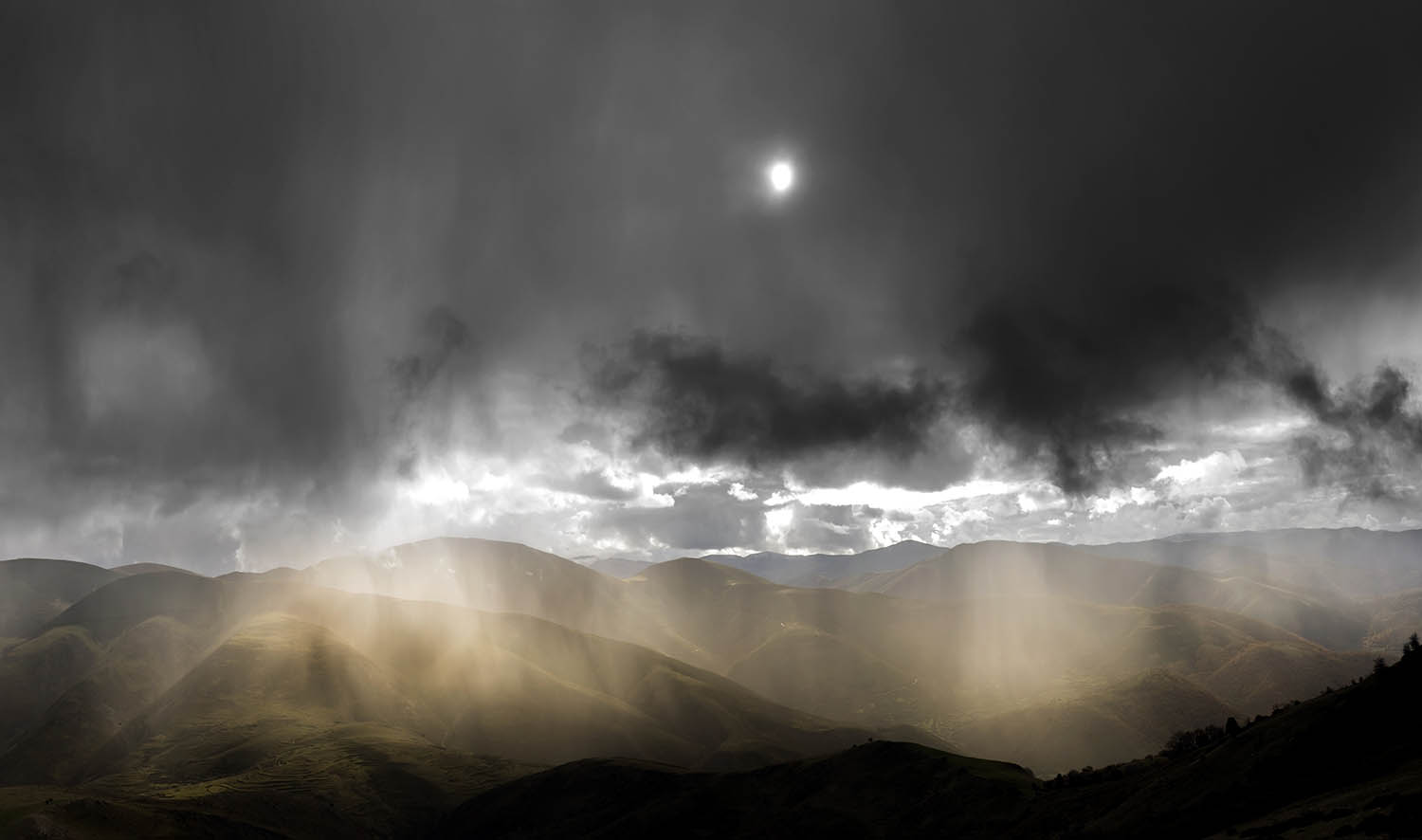
RIGHT: Fuji X-H1 . Fuji XF18-55mmF2.8-4 @18mm . F/5.6 . 1/420″ . ISO 100
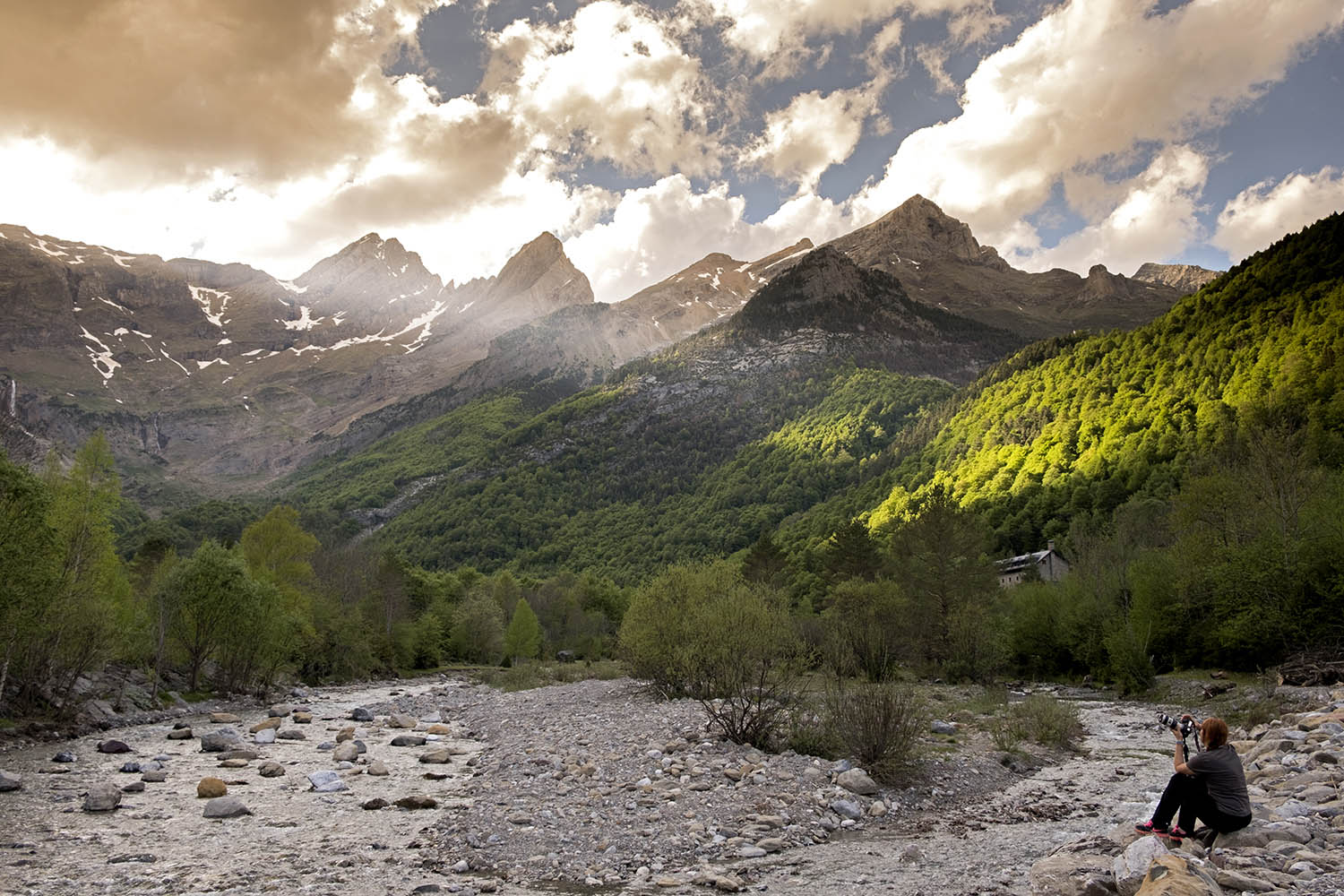
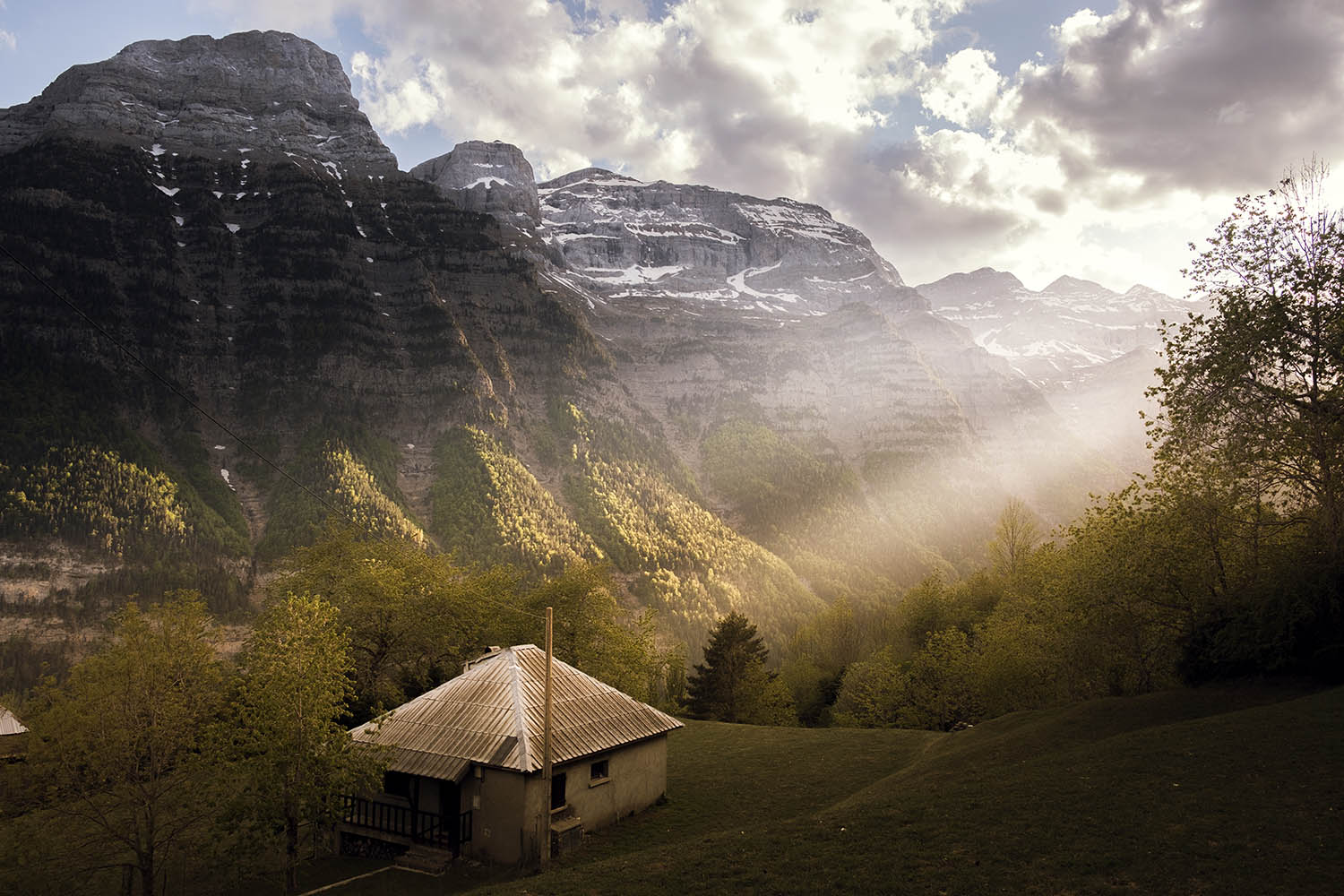
RIGHT: Fuji X-H1 . Fuji XF18-55mmF2.8-4 @18mm . F/5.0 . 1/320″ . ISO 200
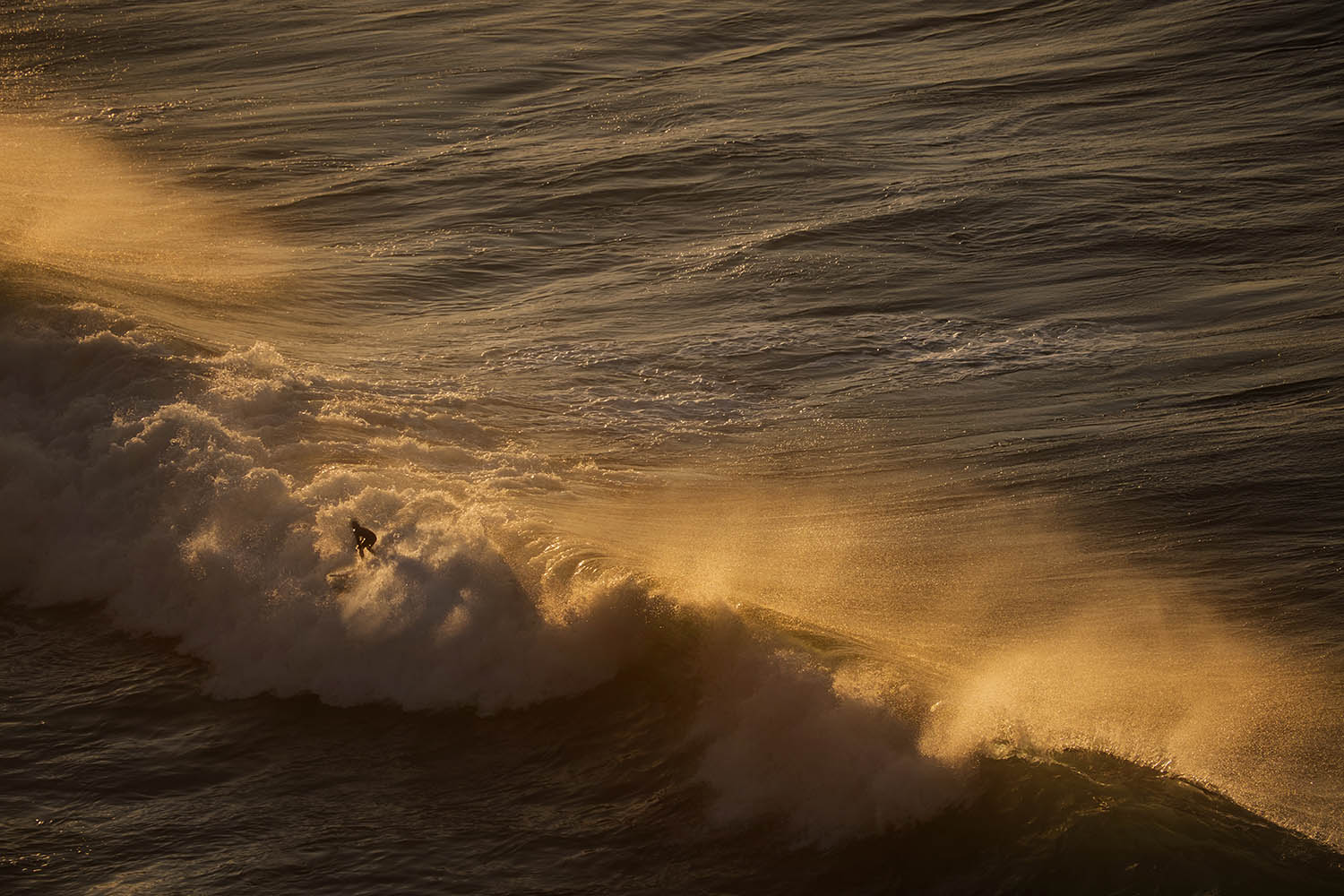
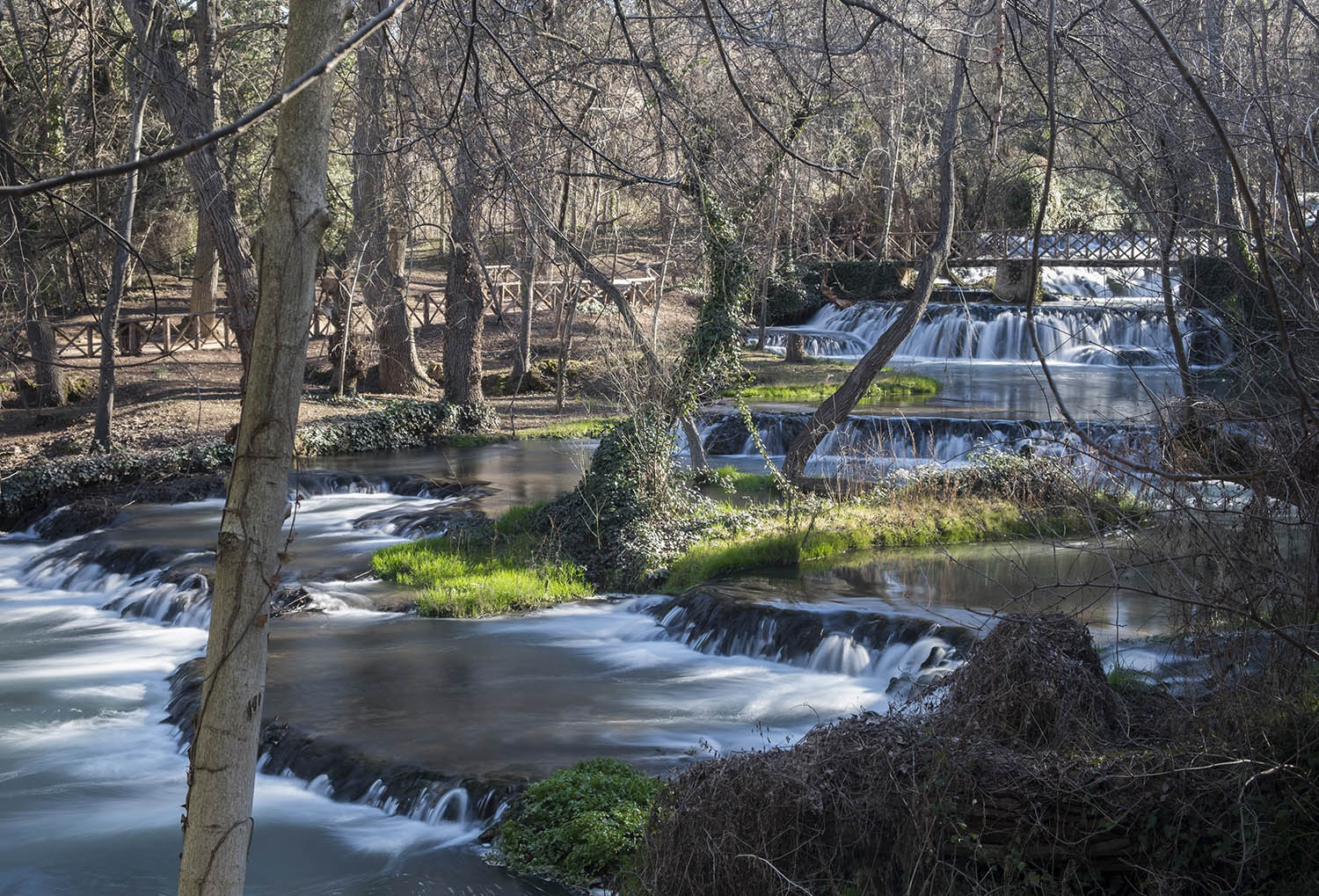
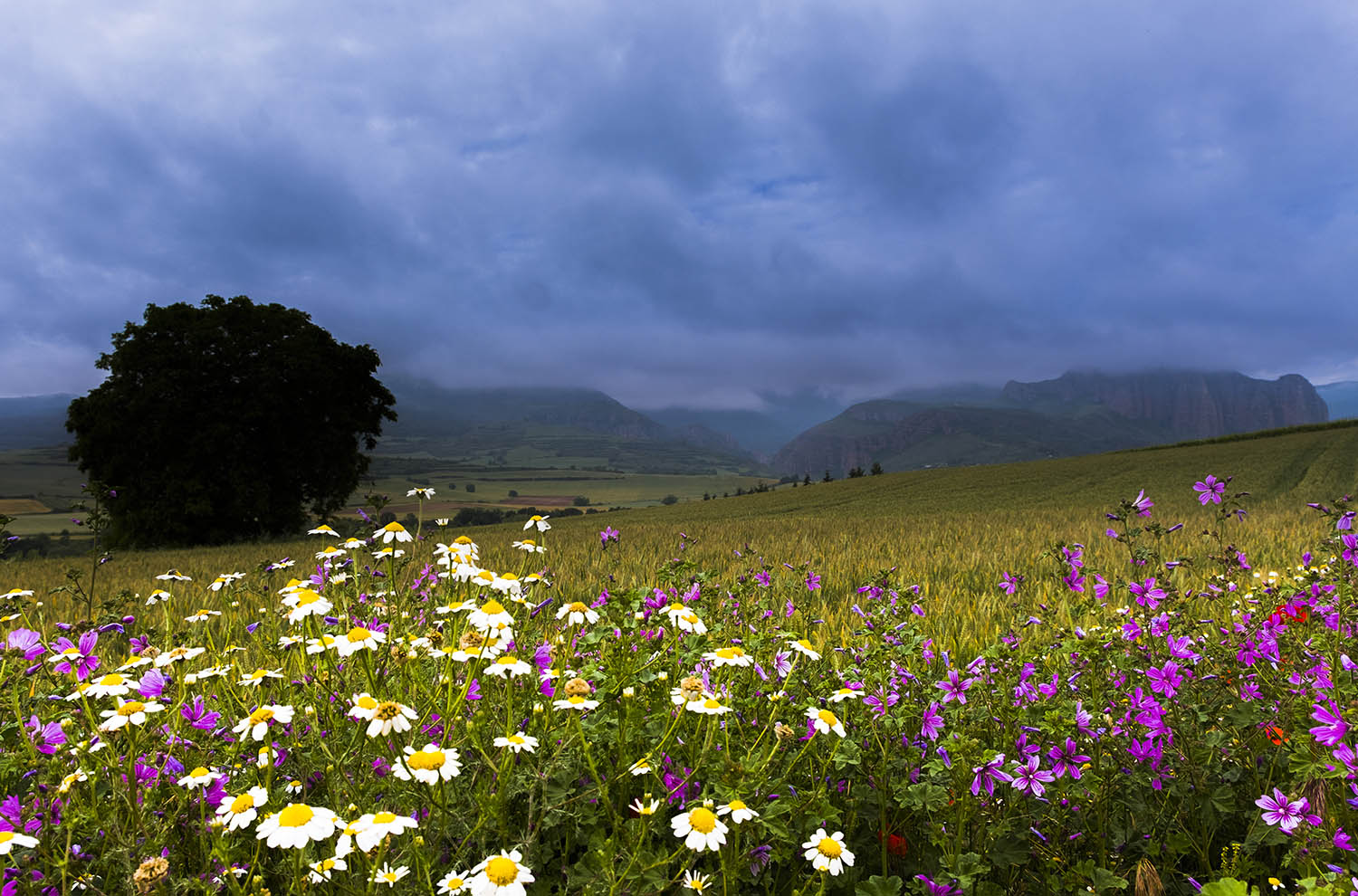
RIGHT: Fuji X-H1 . Fuji XF18-55mmF2.8-4 @18mm . F/8 . 1/350″ . ISO 200
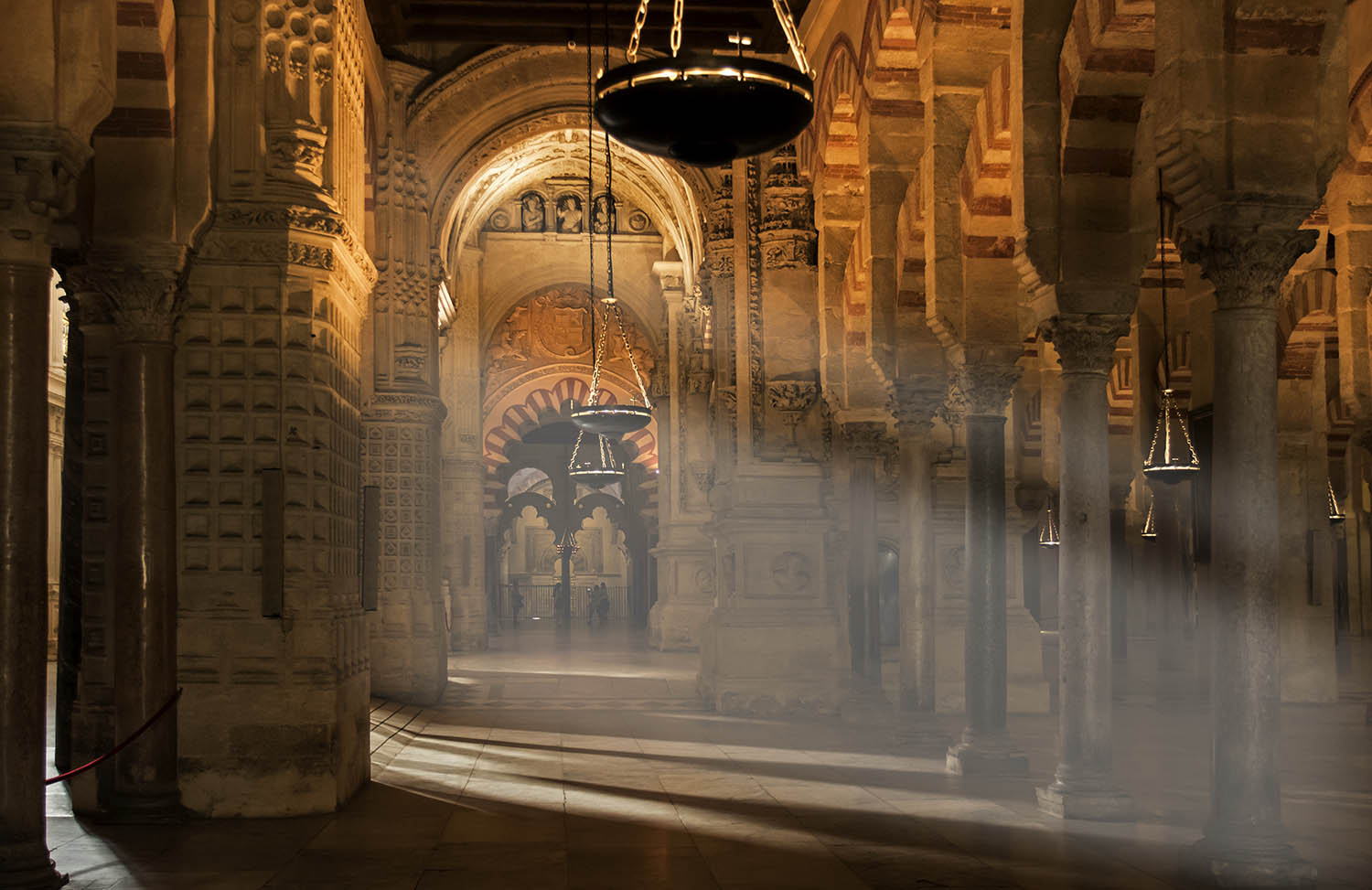
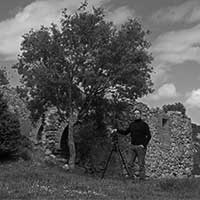
Spanish photographer Daniel Acevedo is a professionally trained photographer who shoots commercial and editorial photography.
danielacevedo.es
phototoursspain.com
www.instagram.com/acevedoimages

